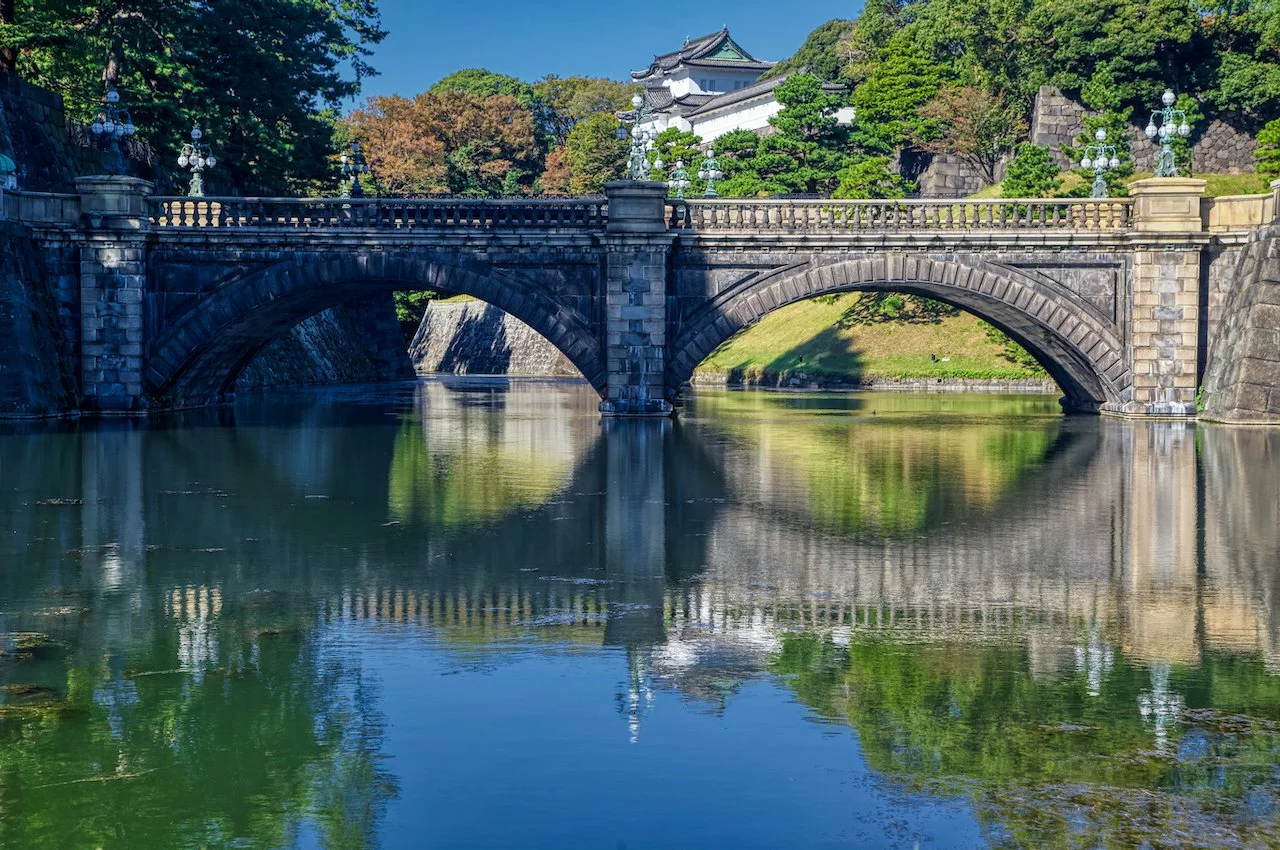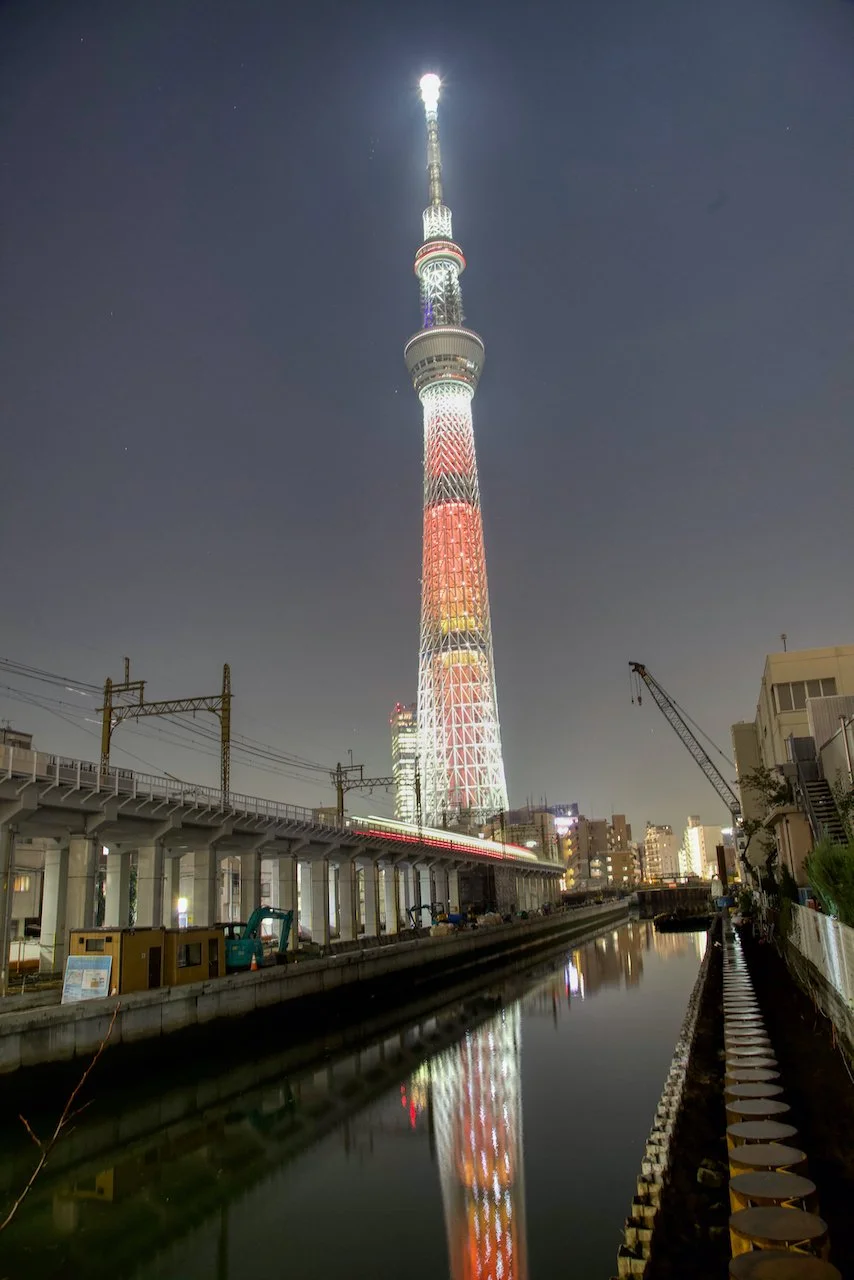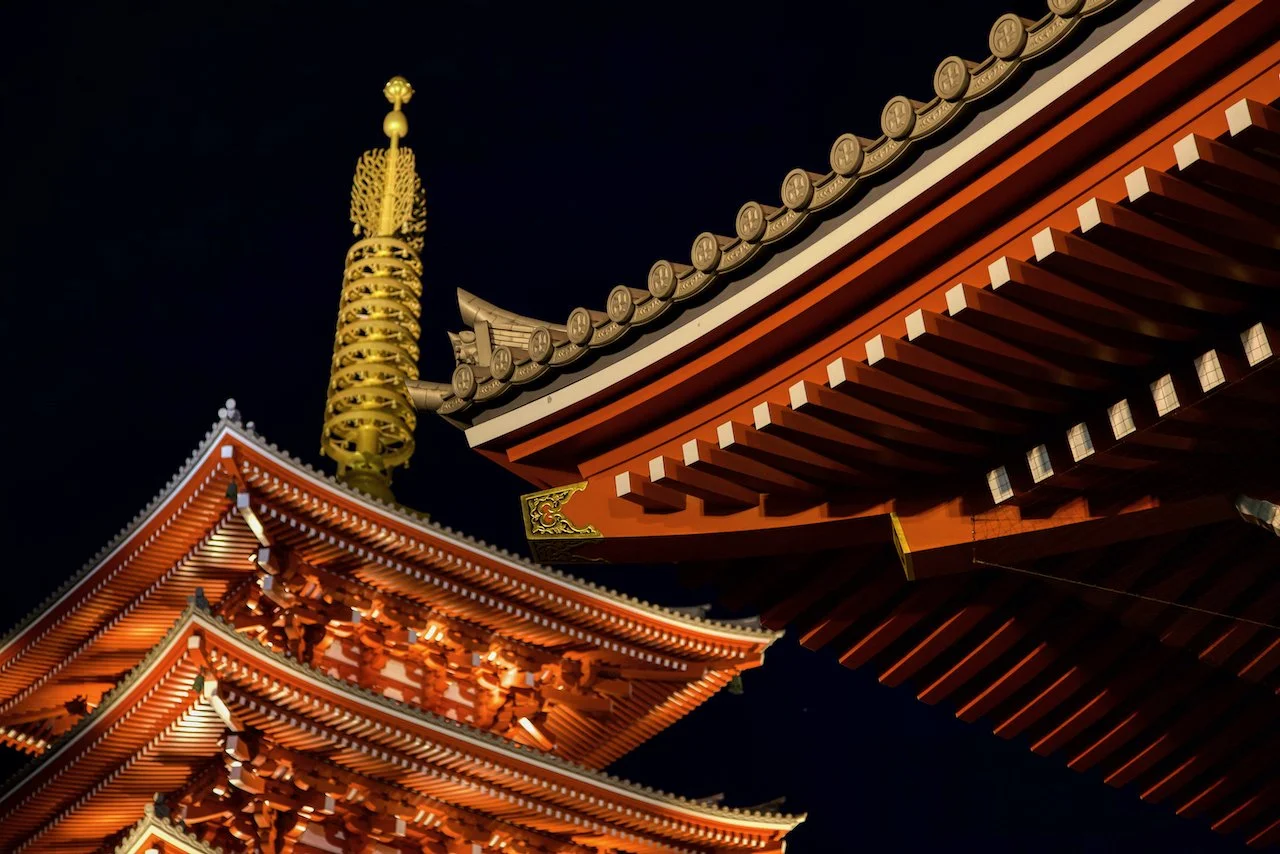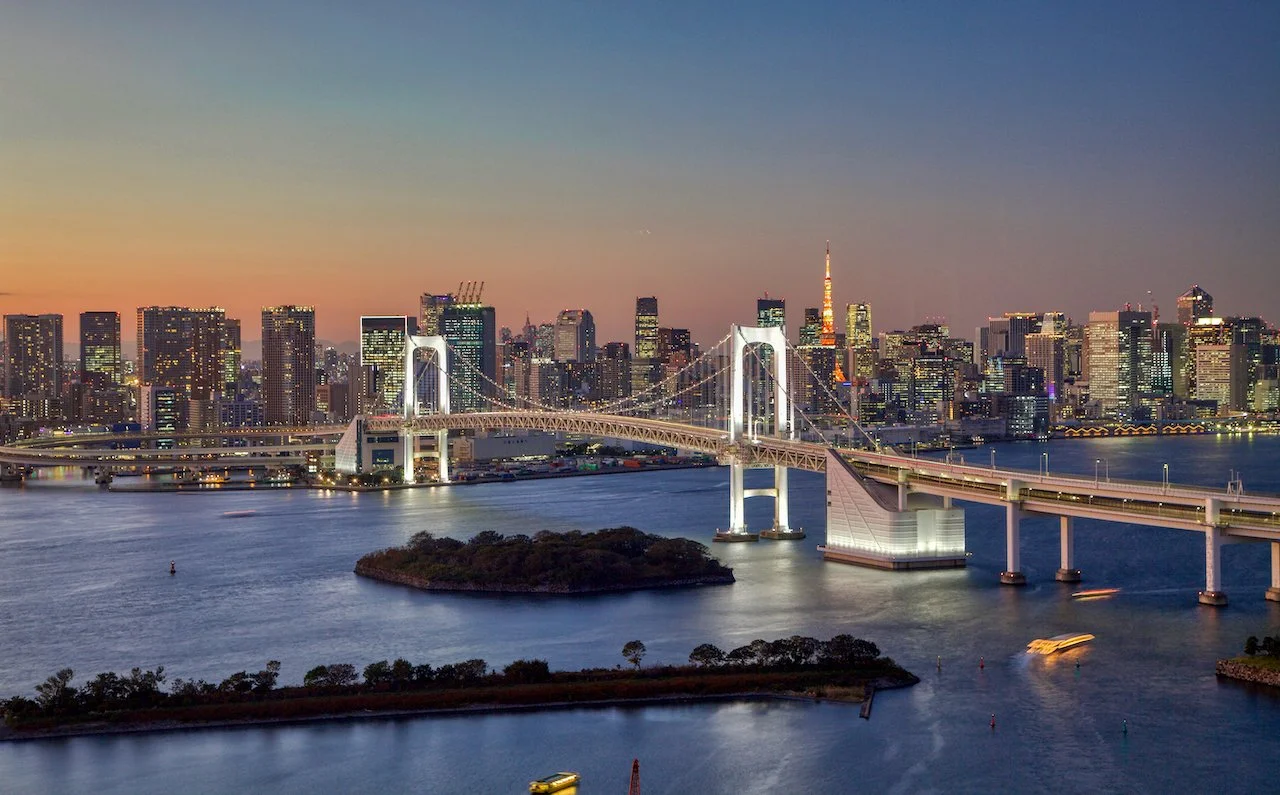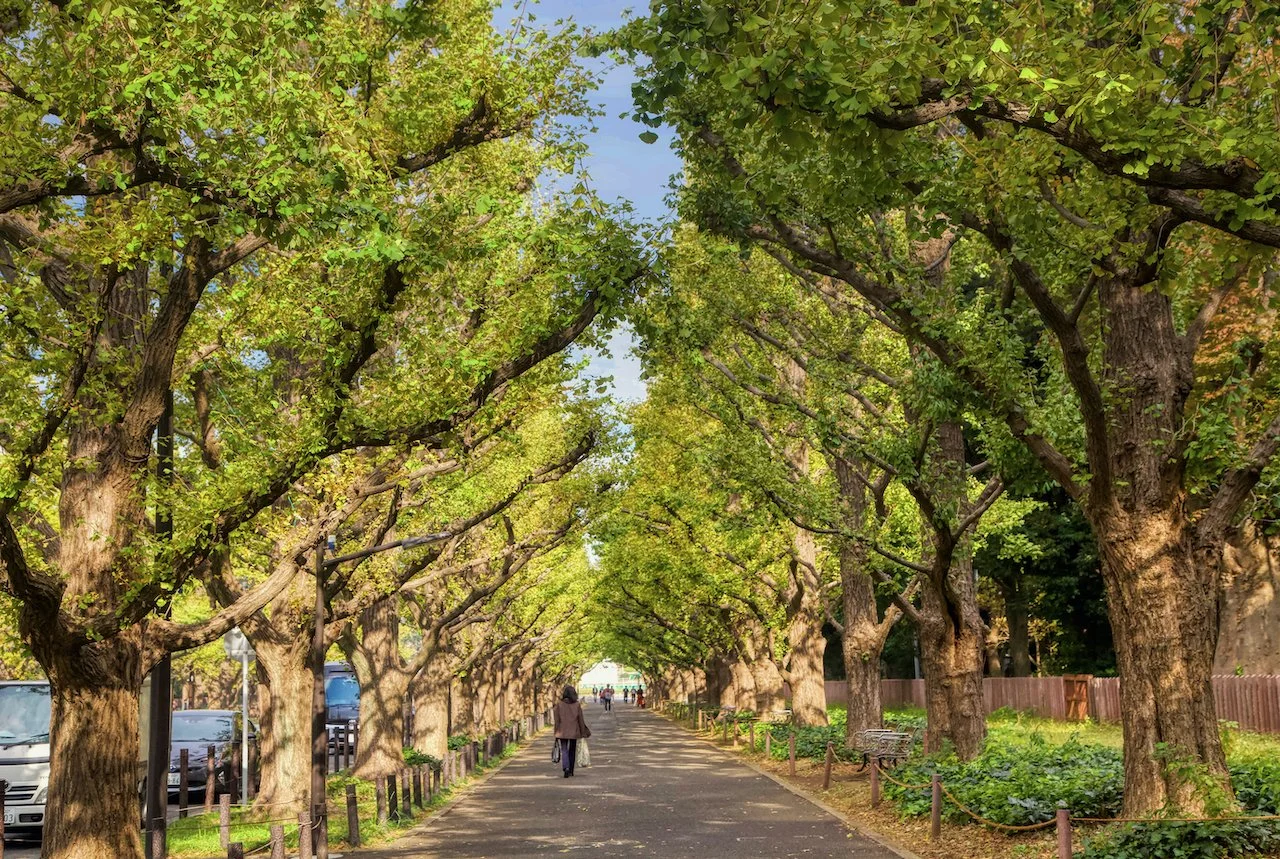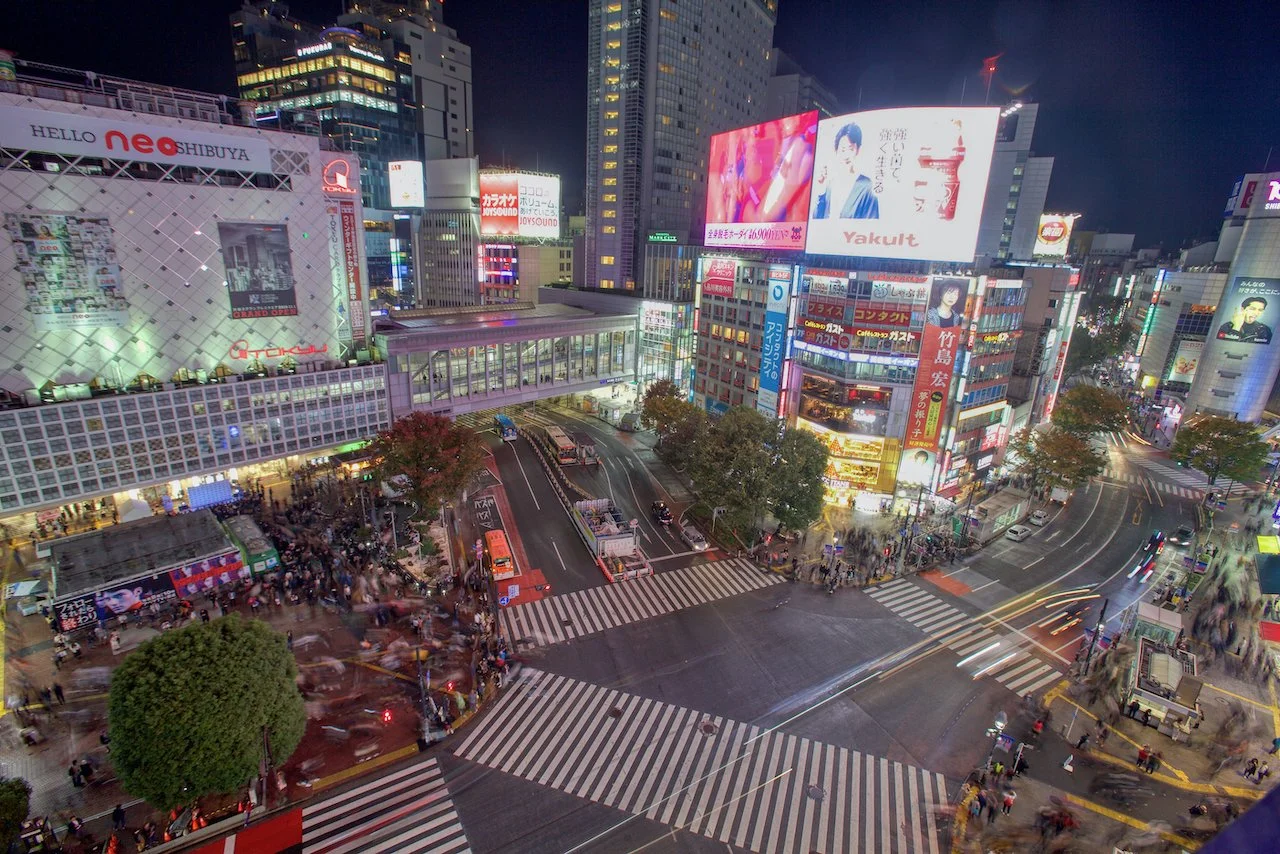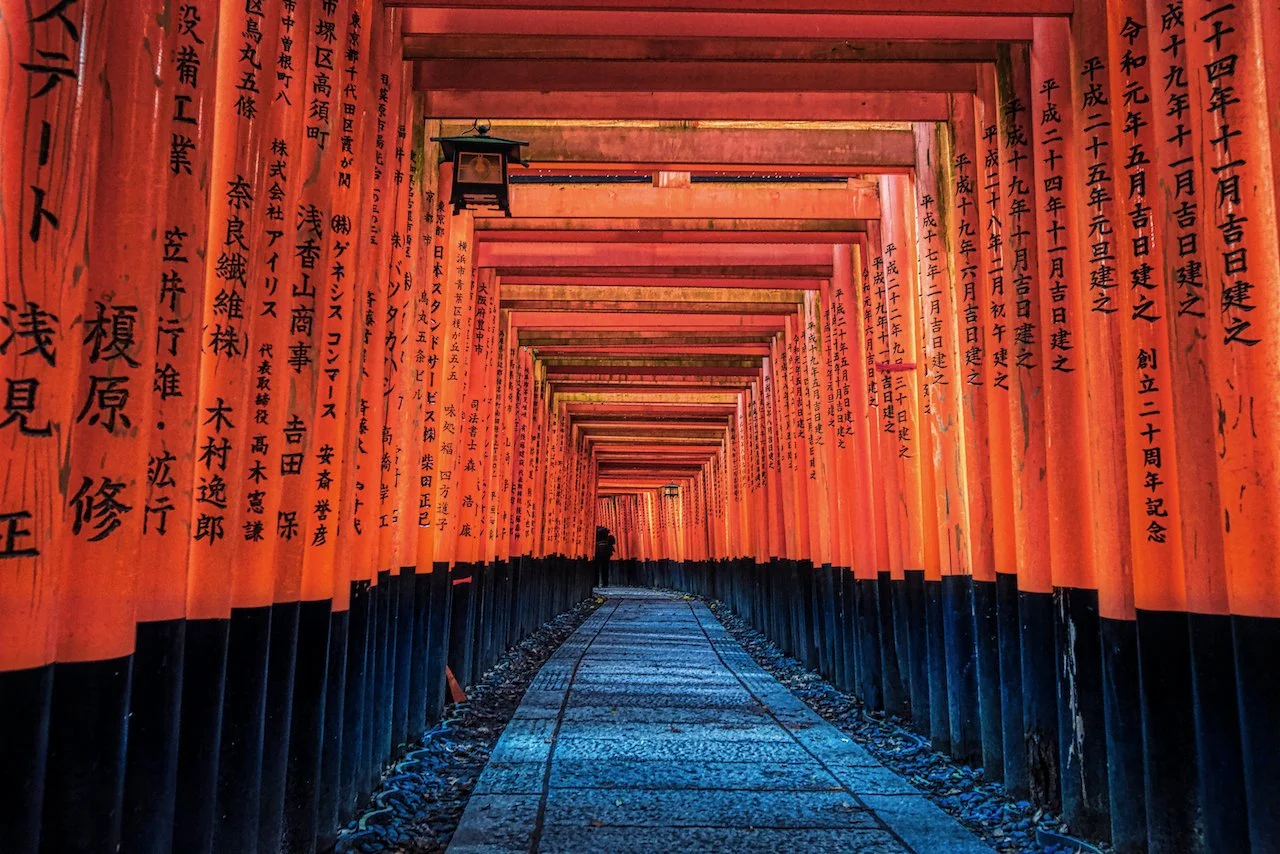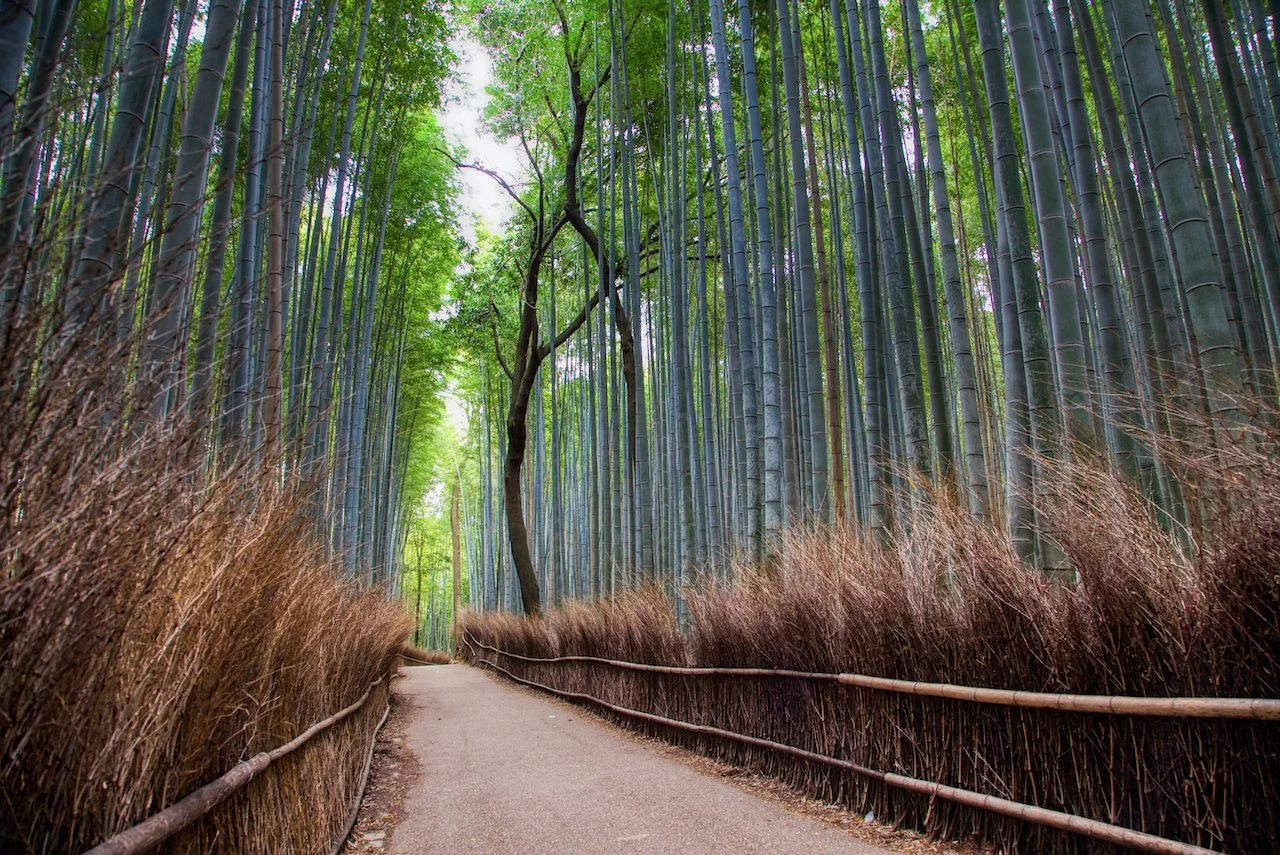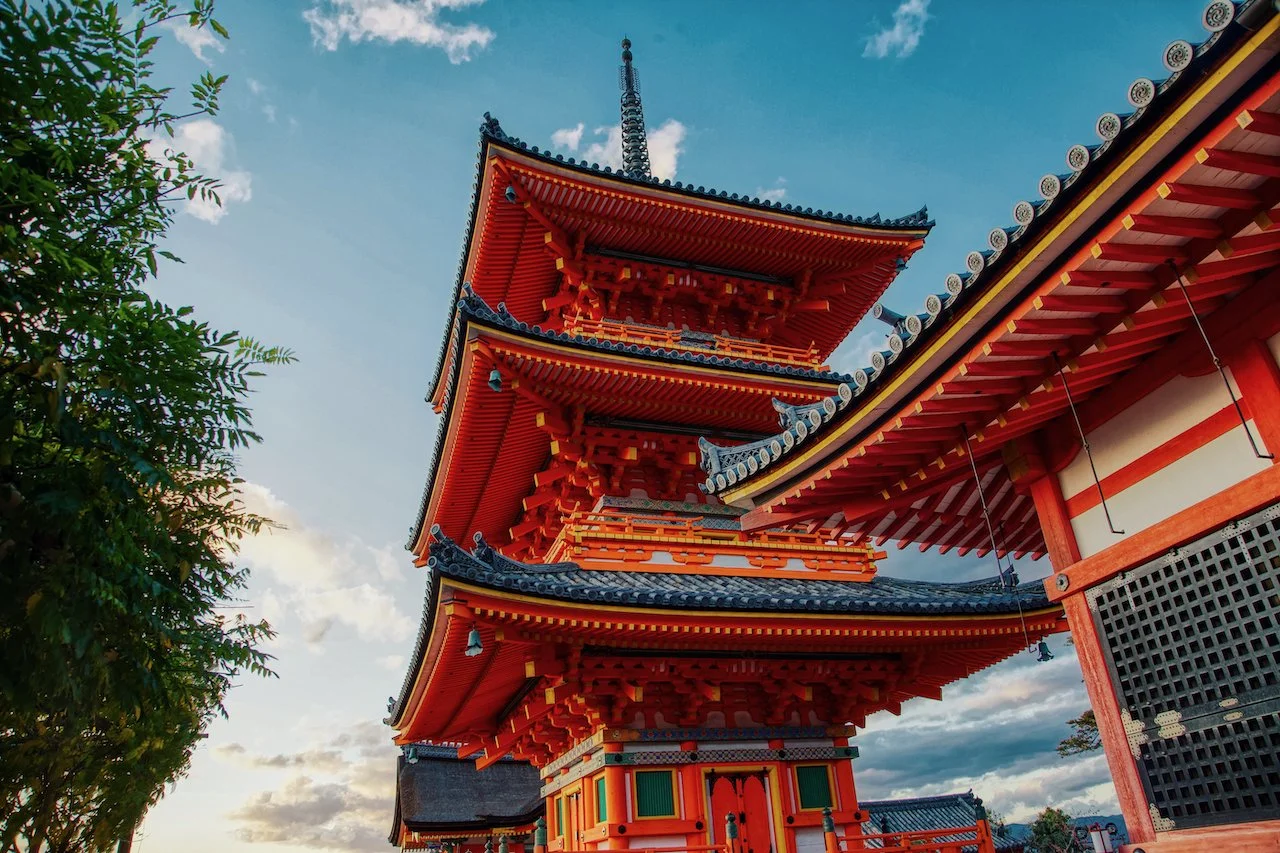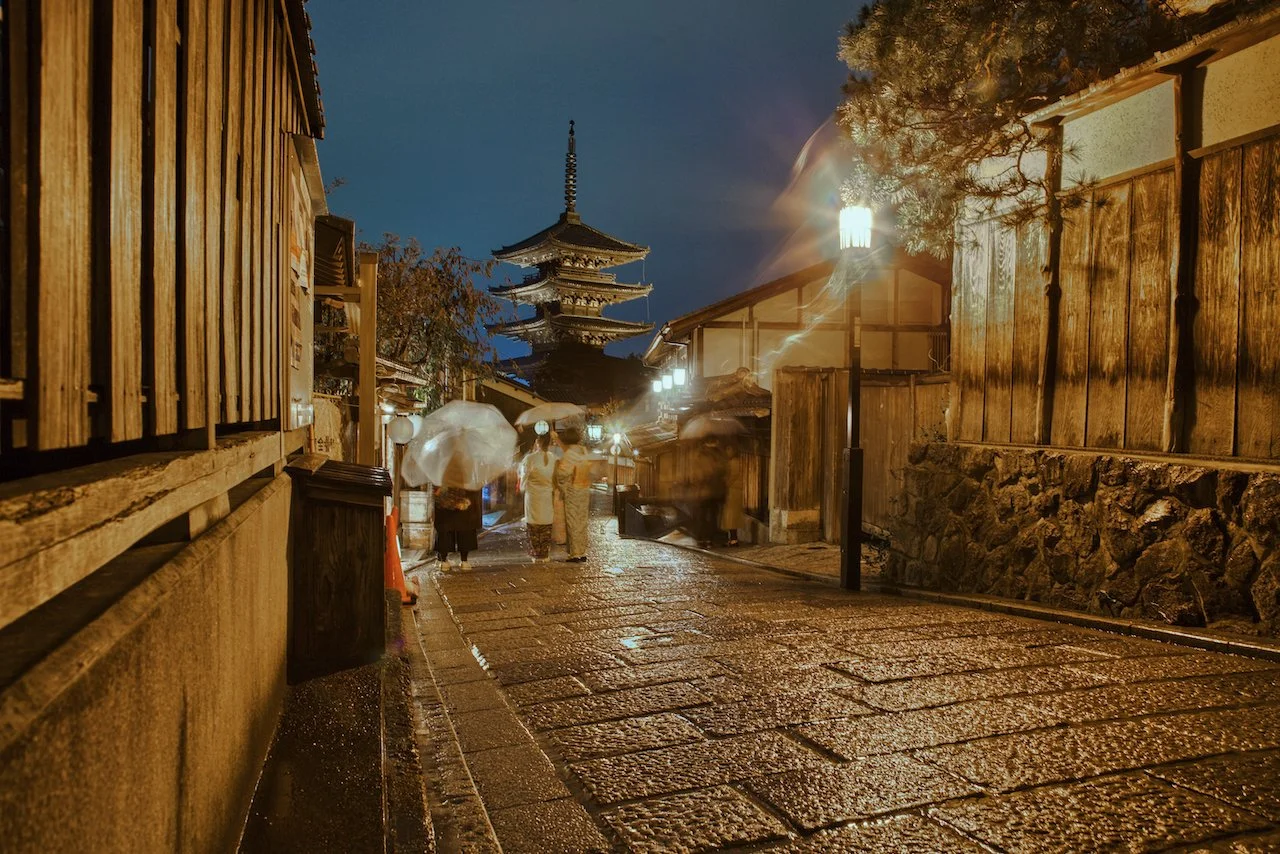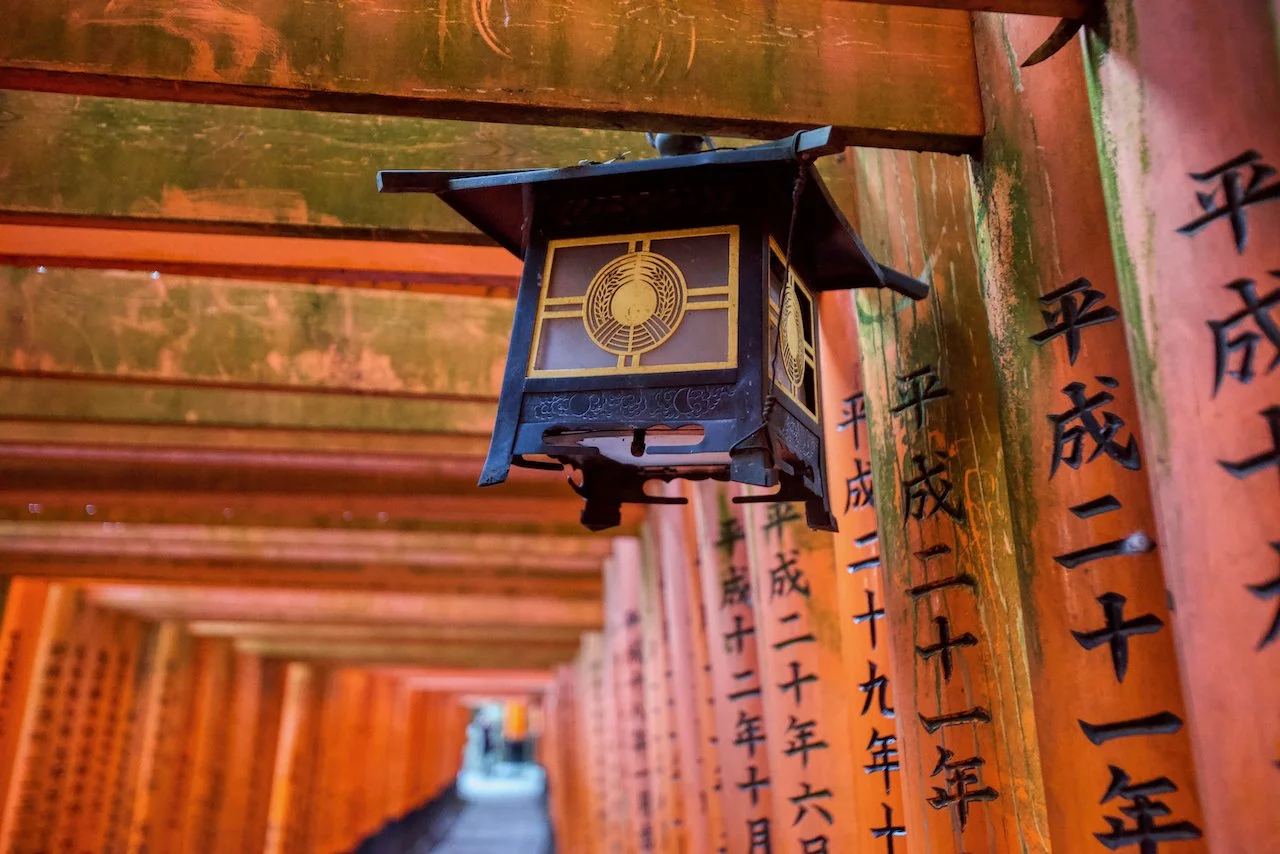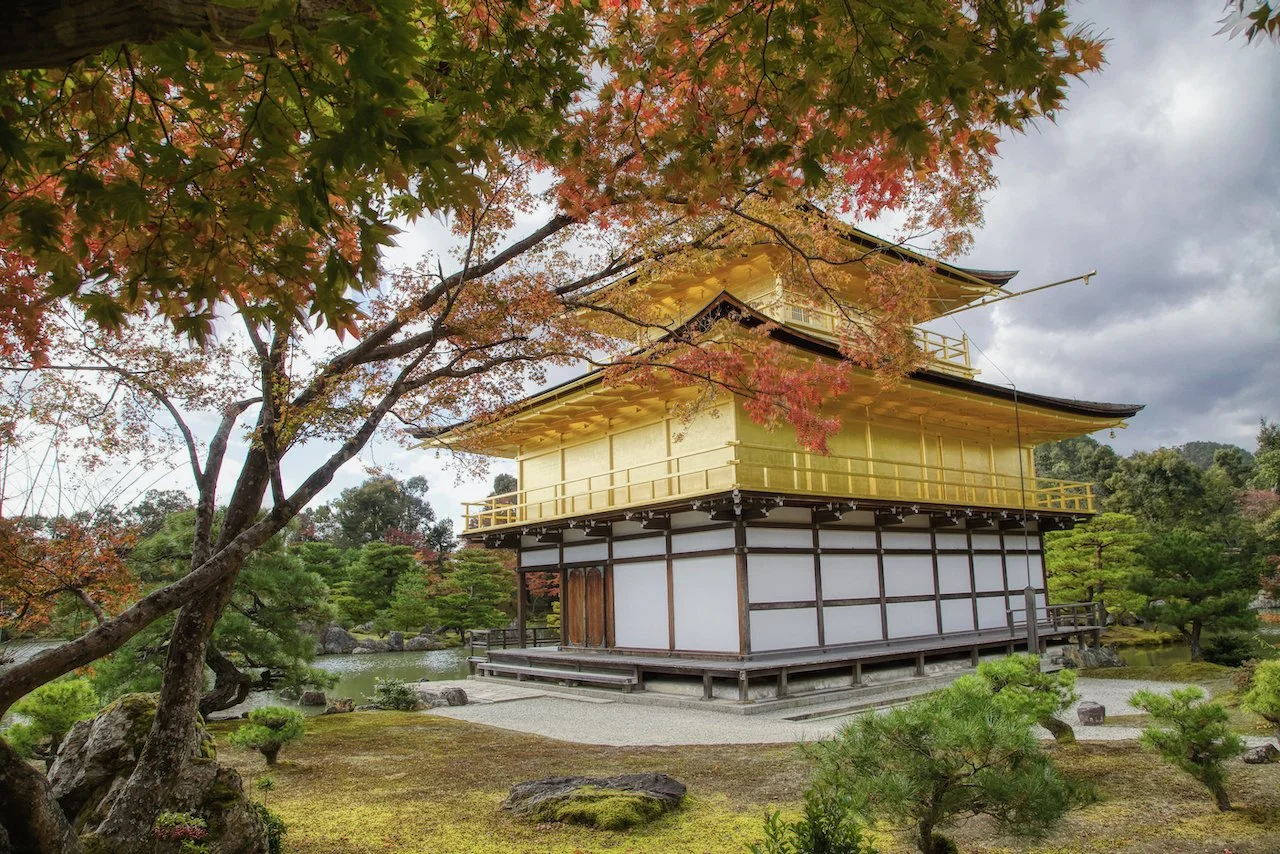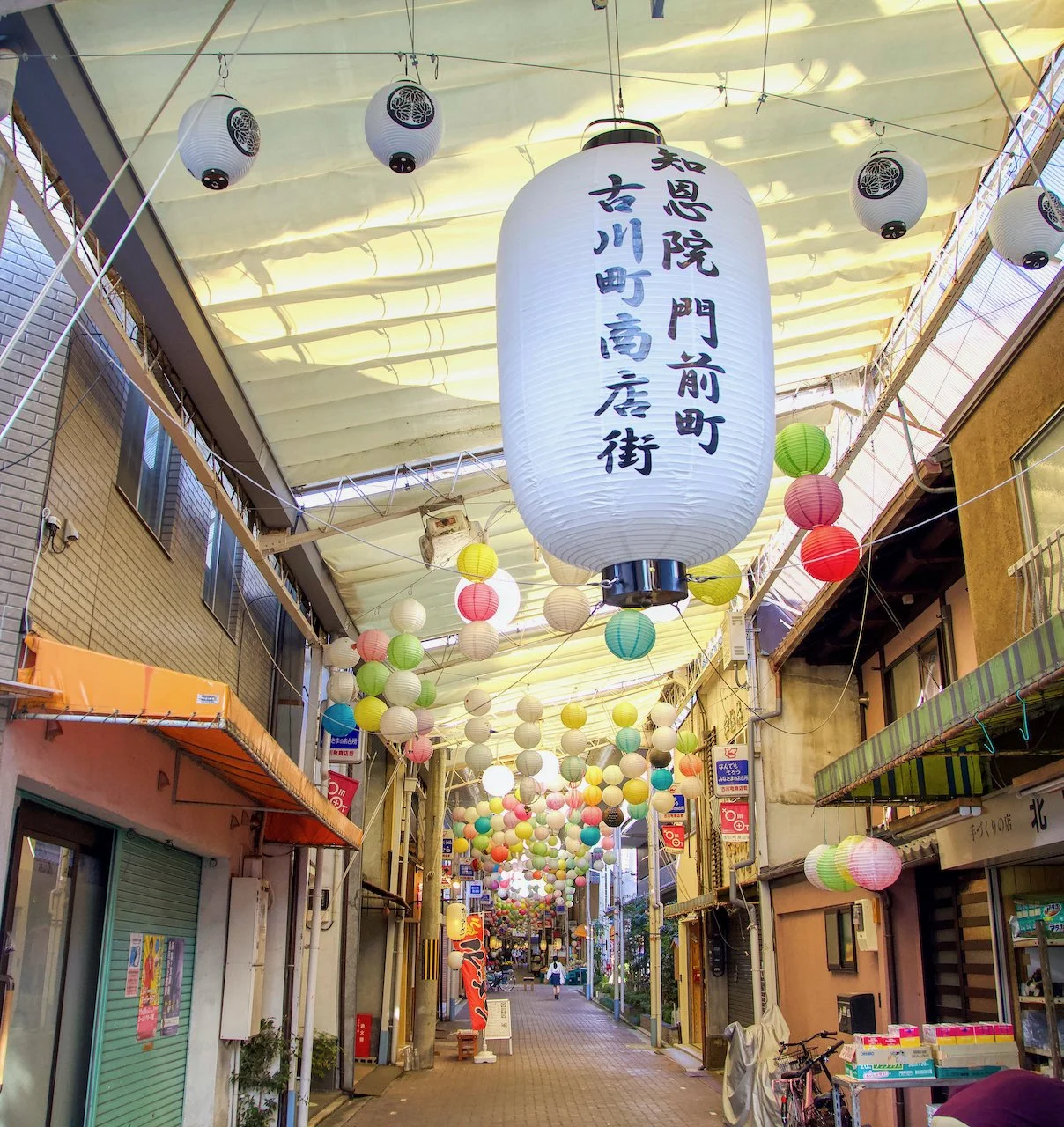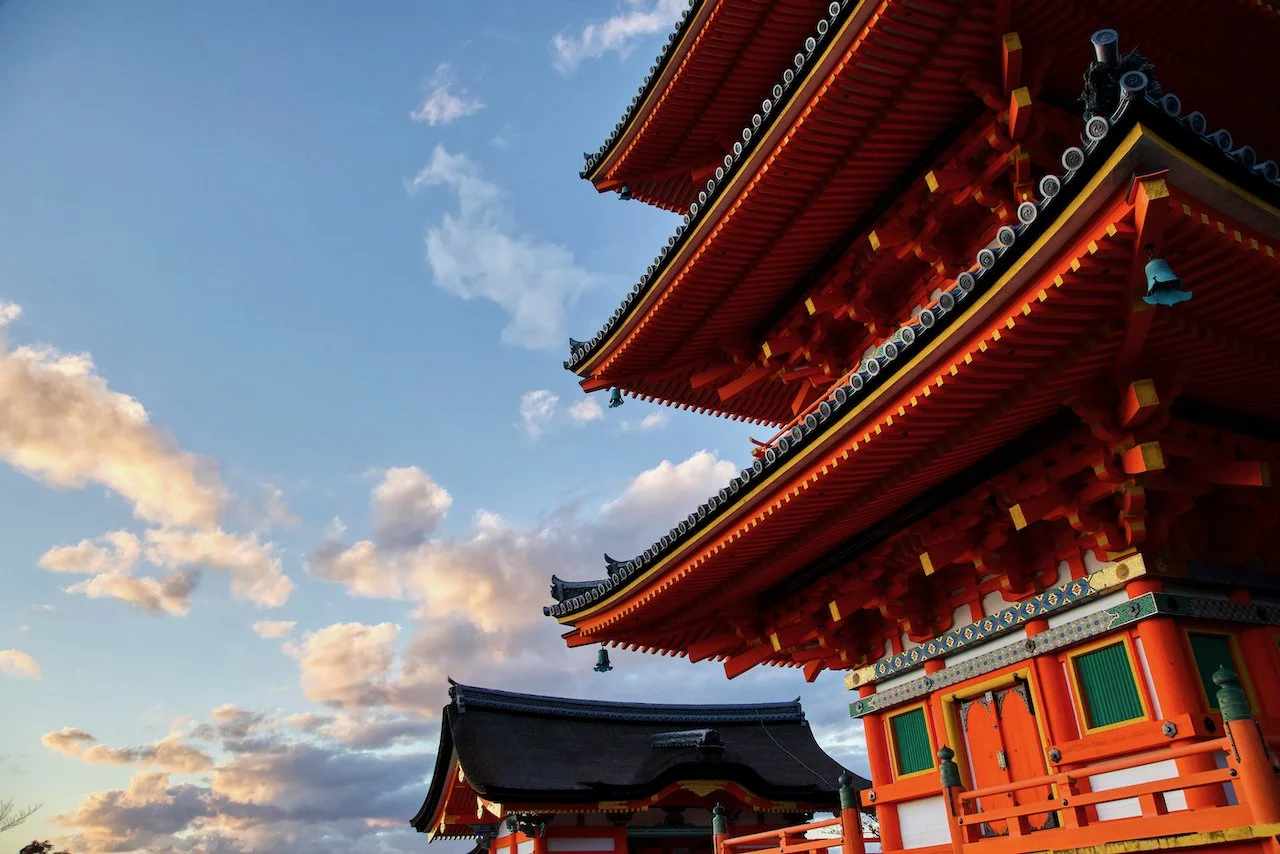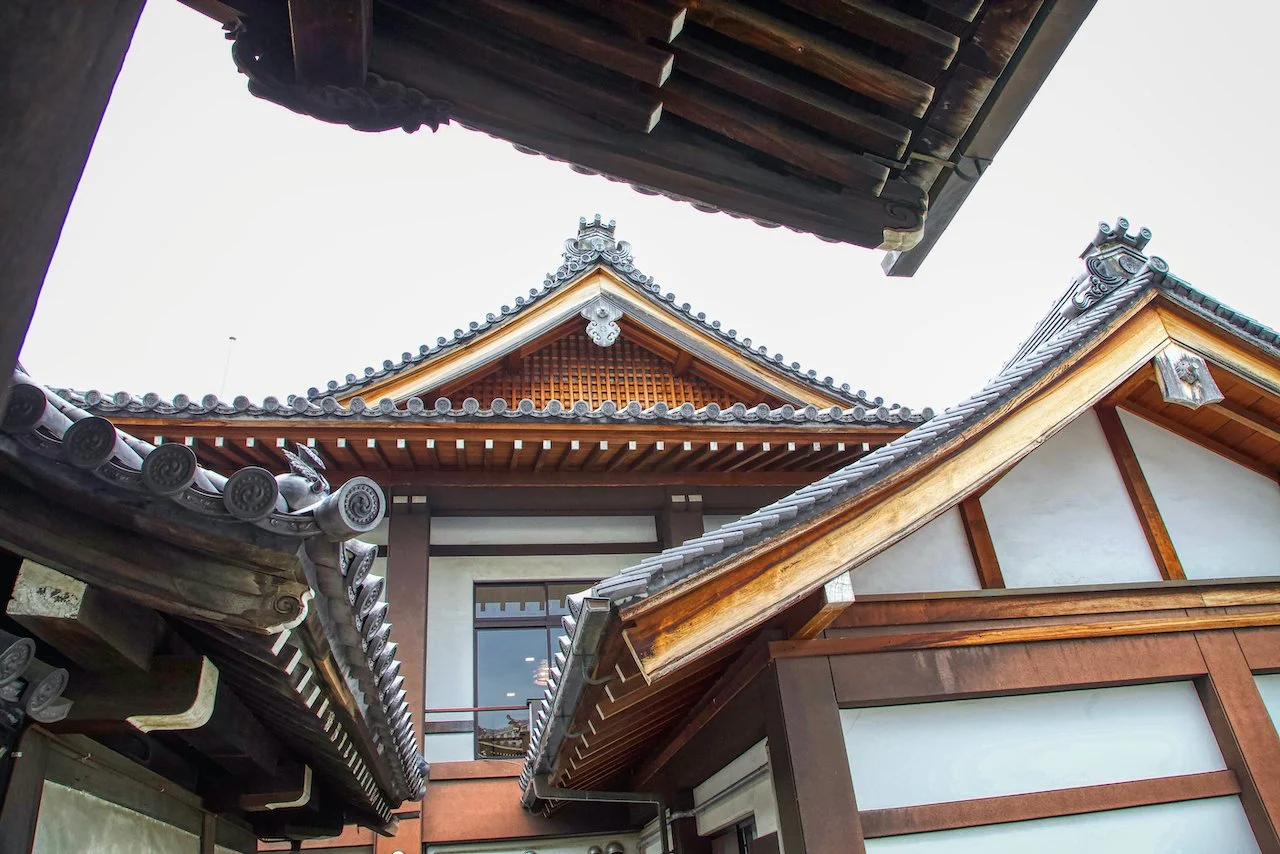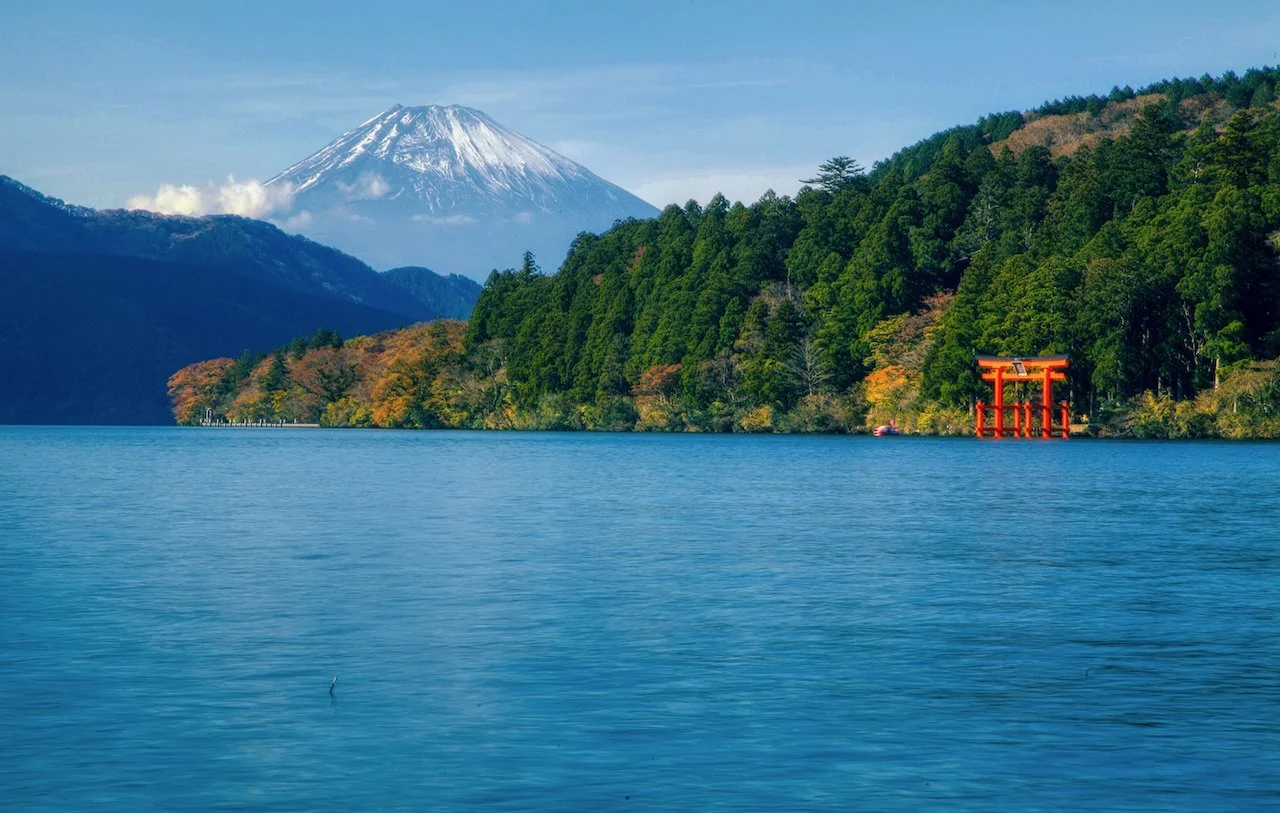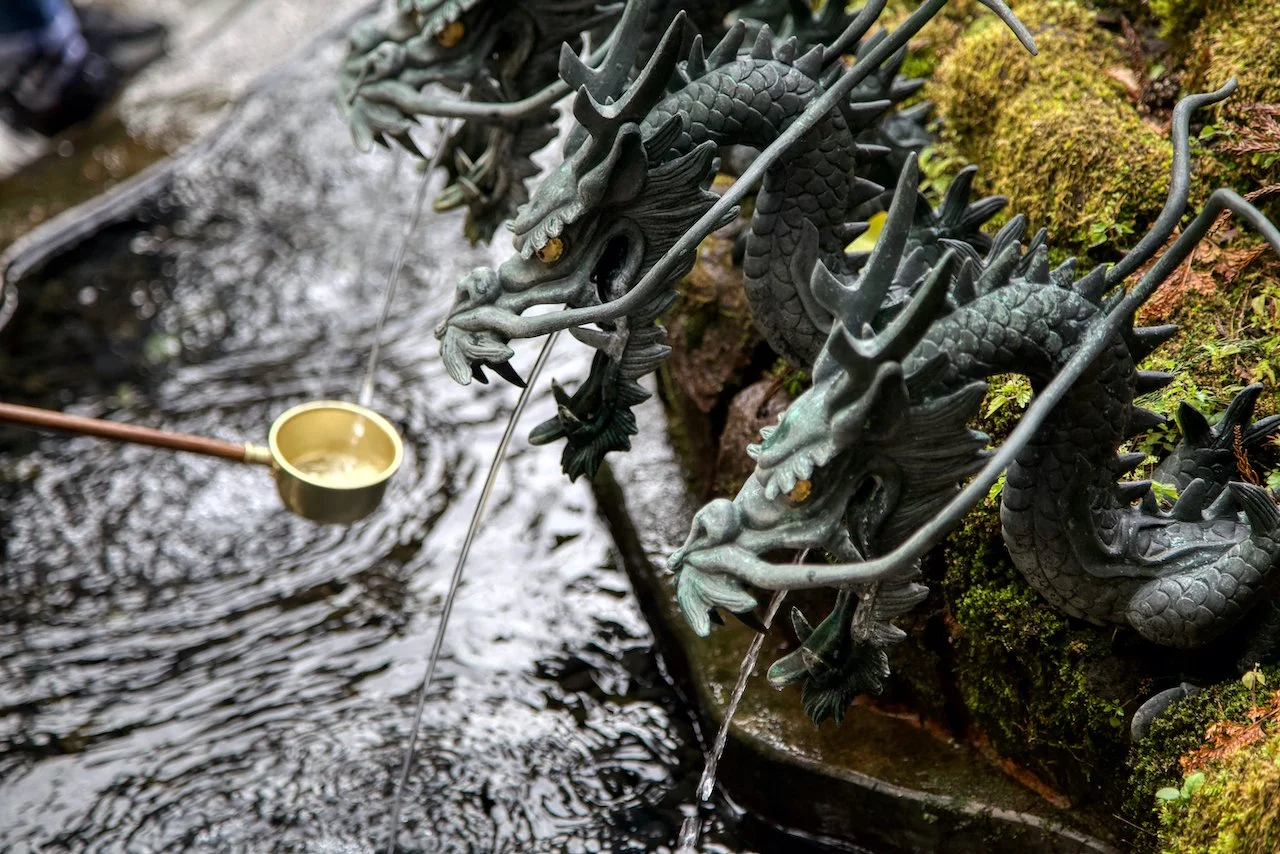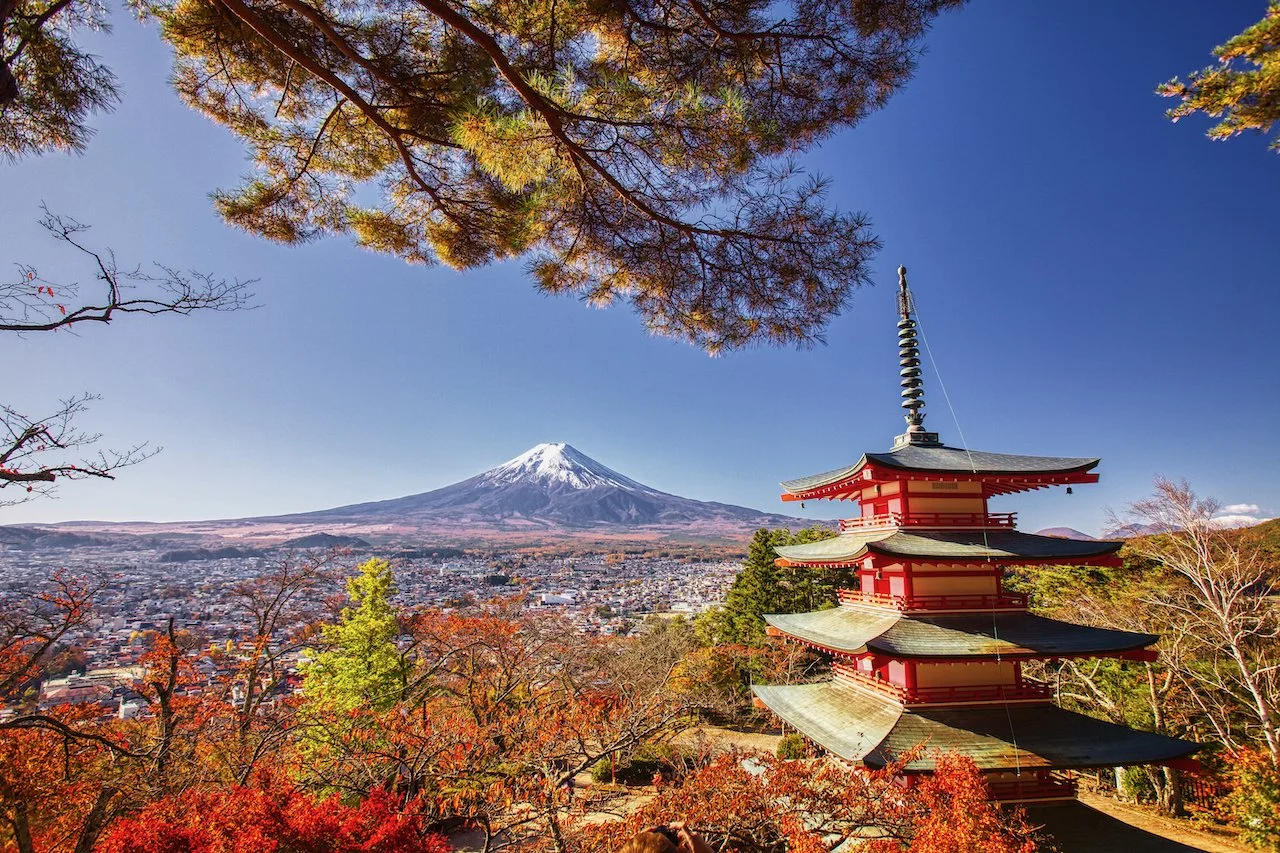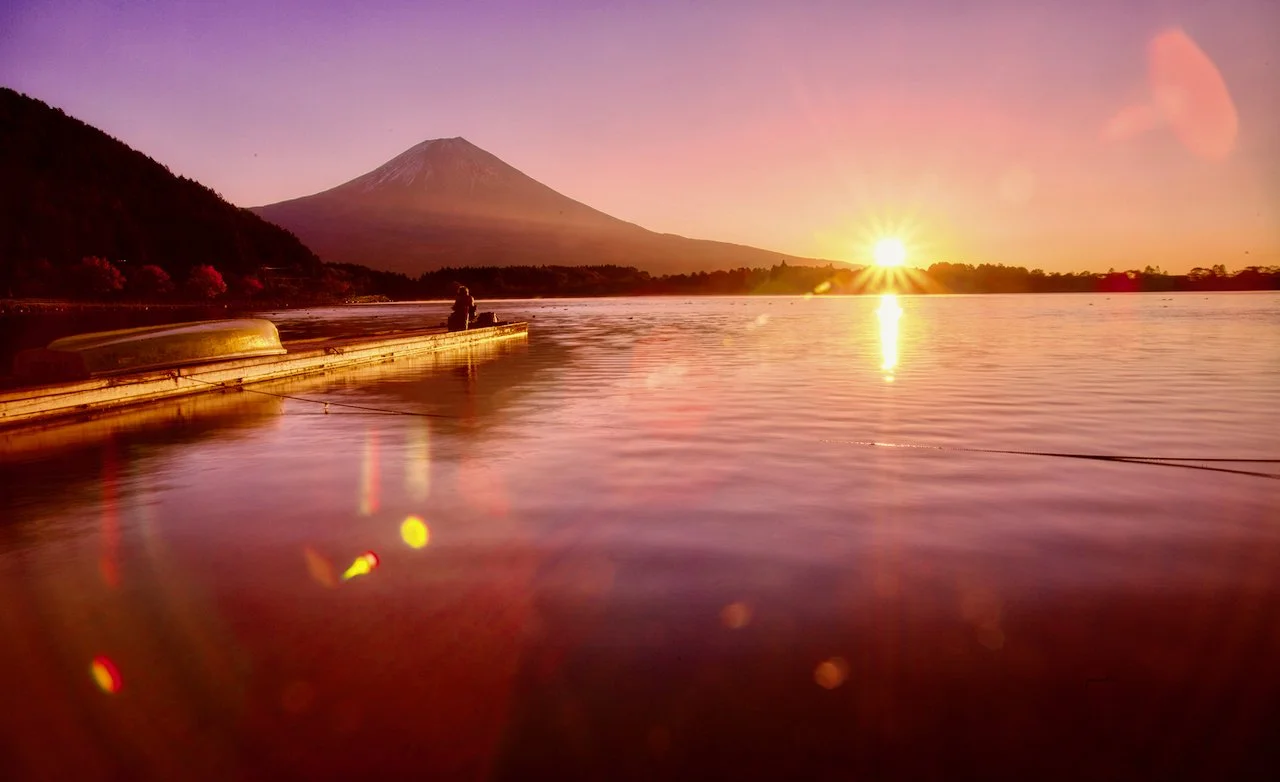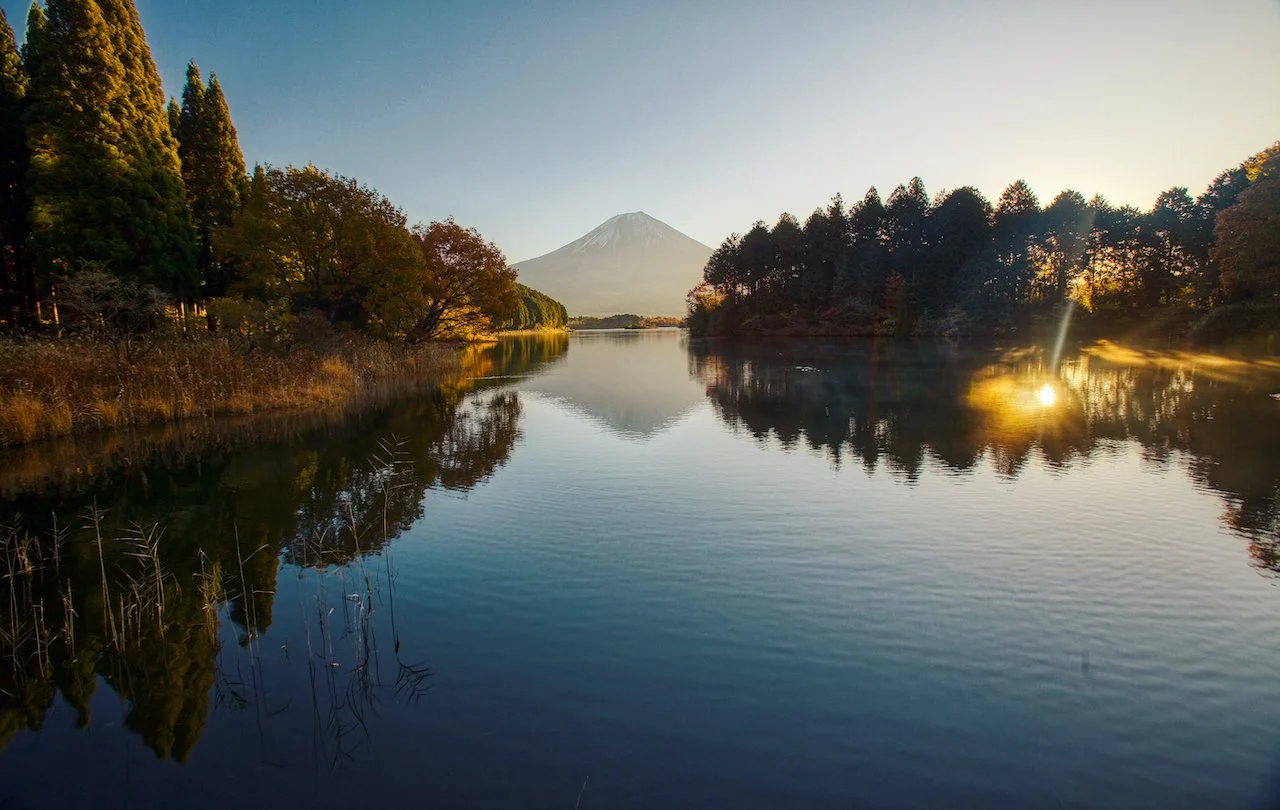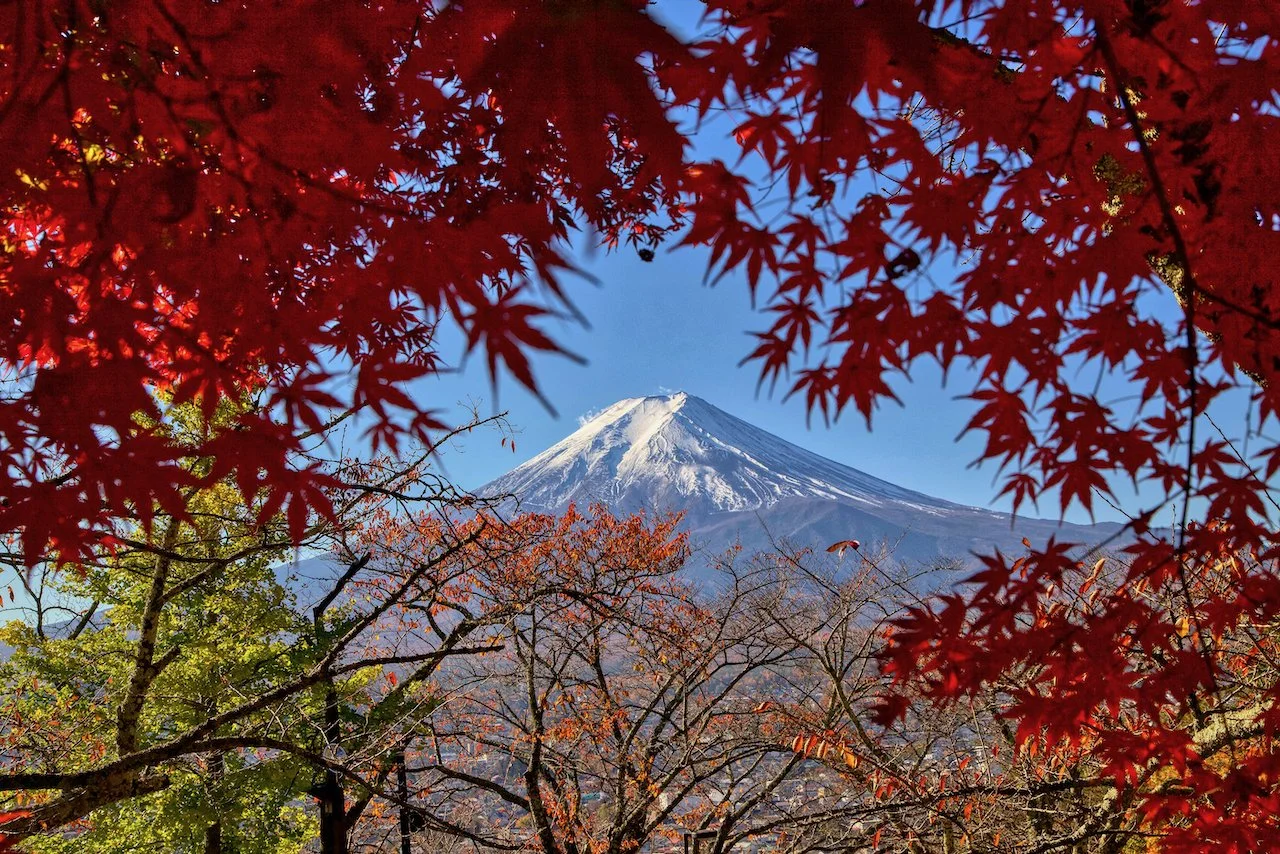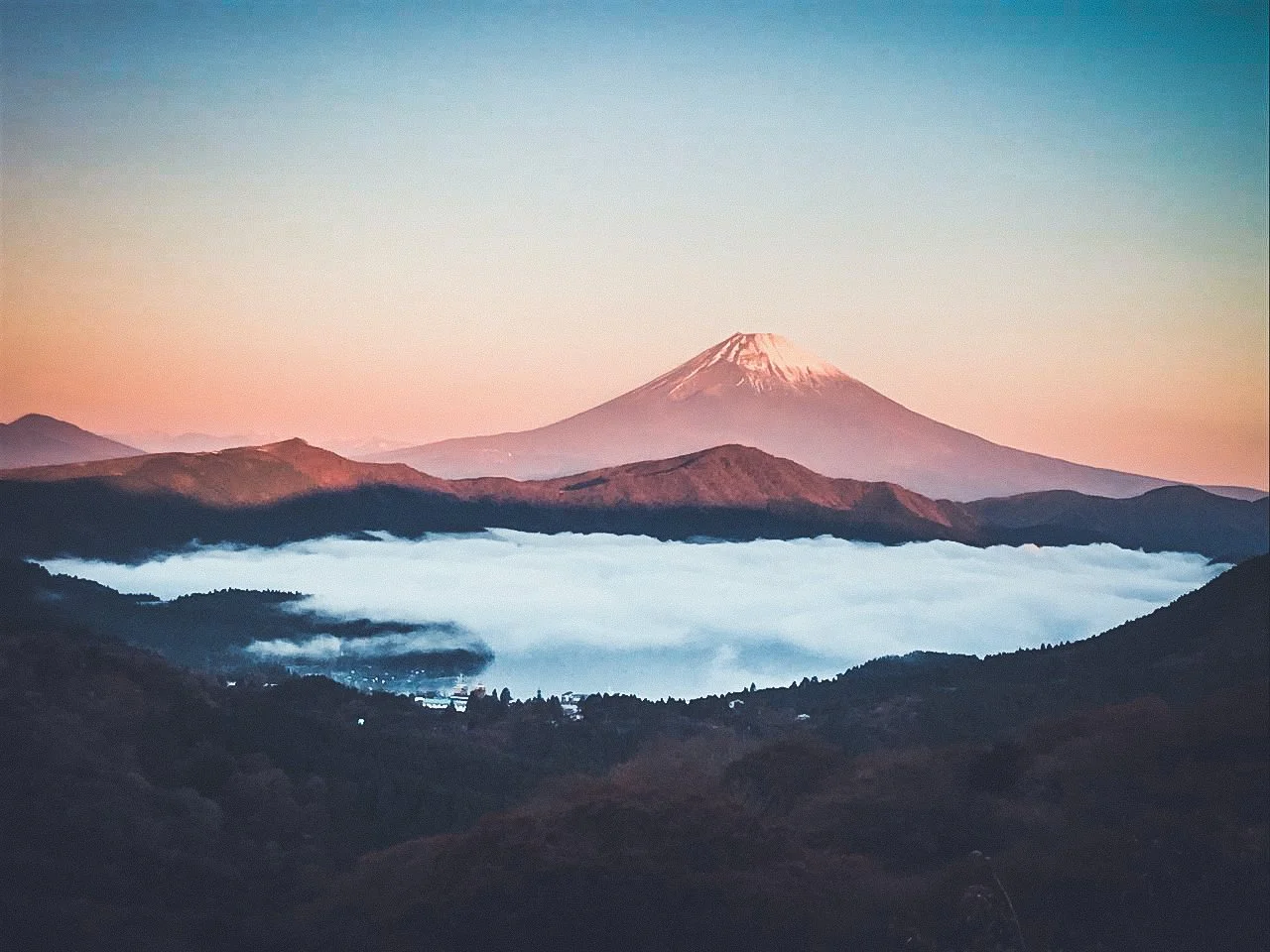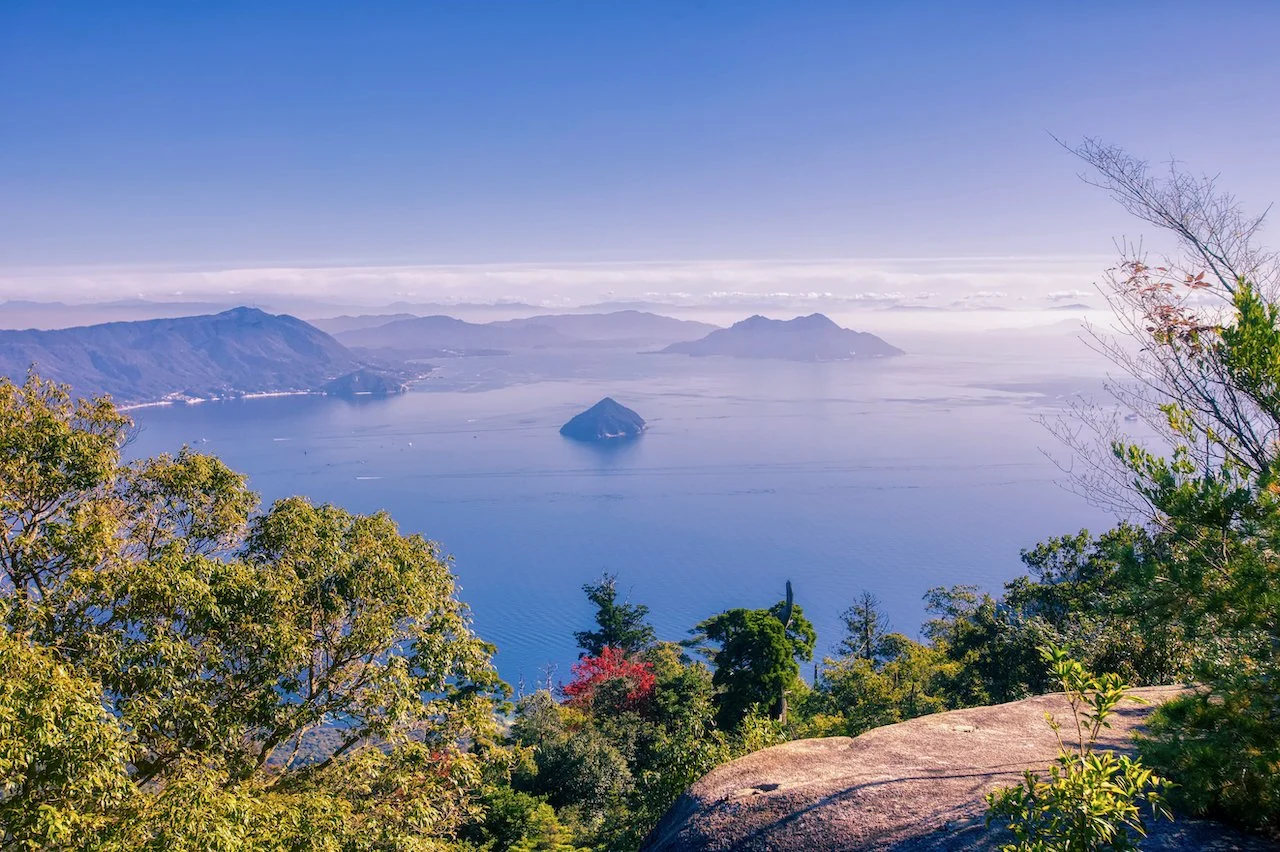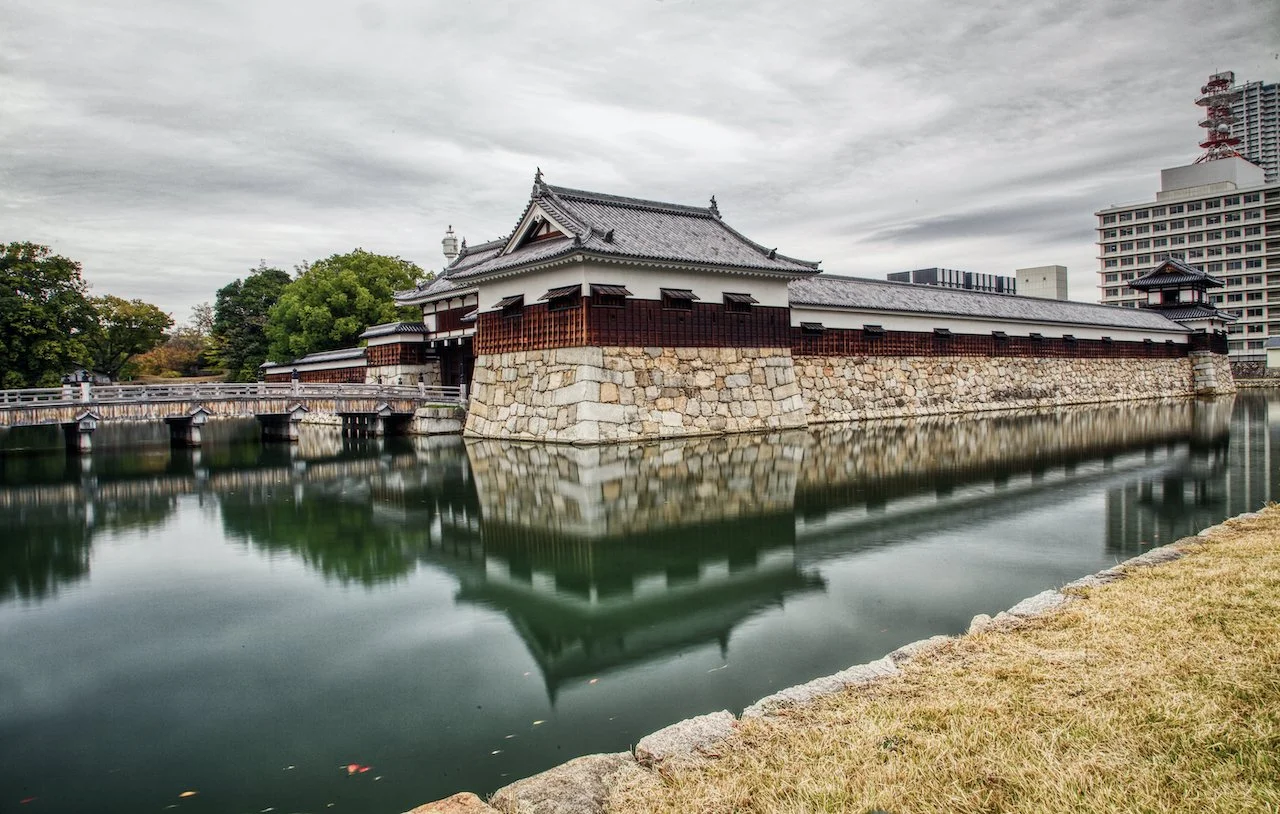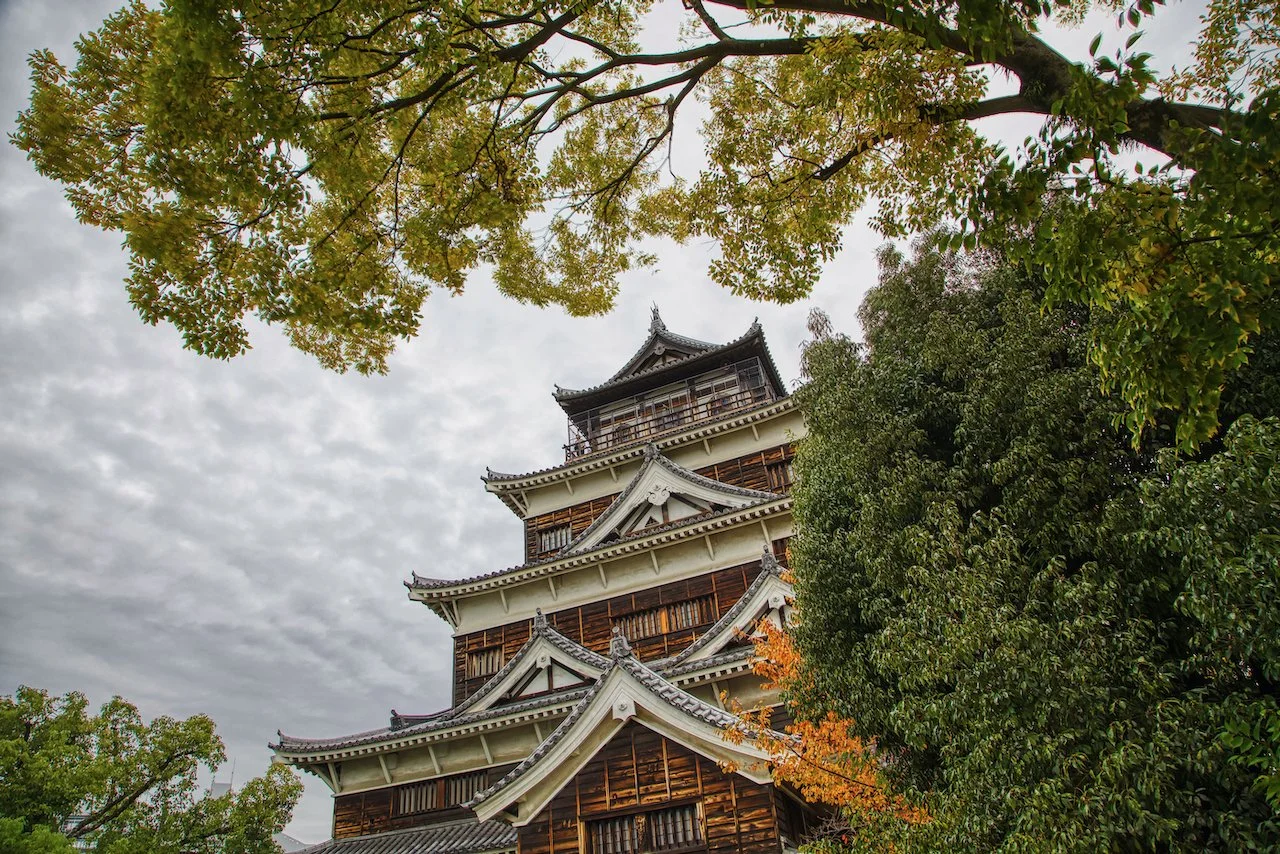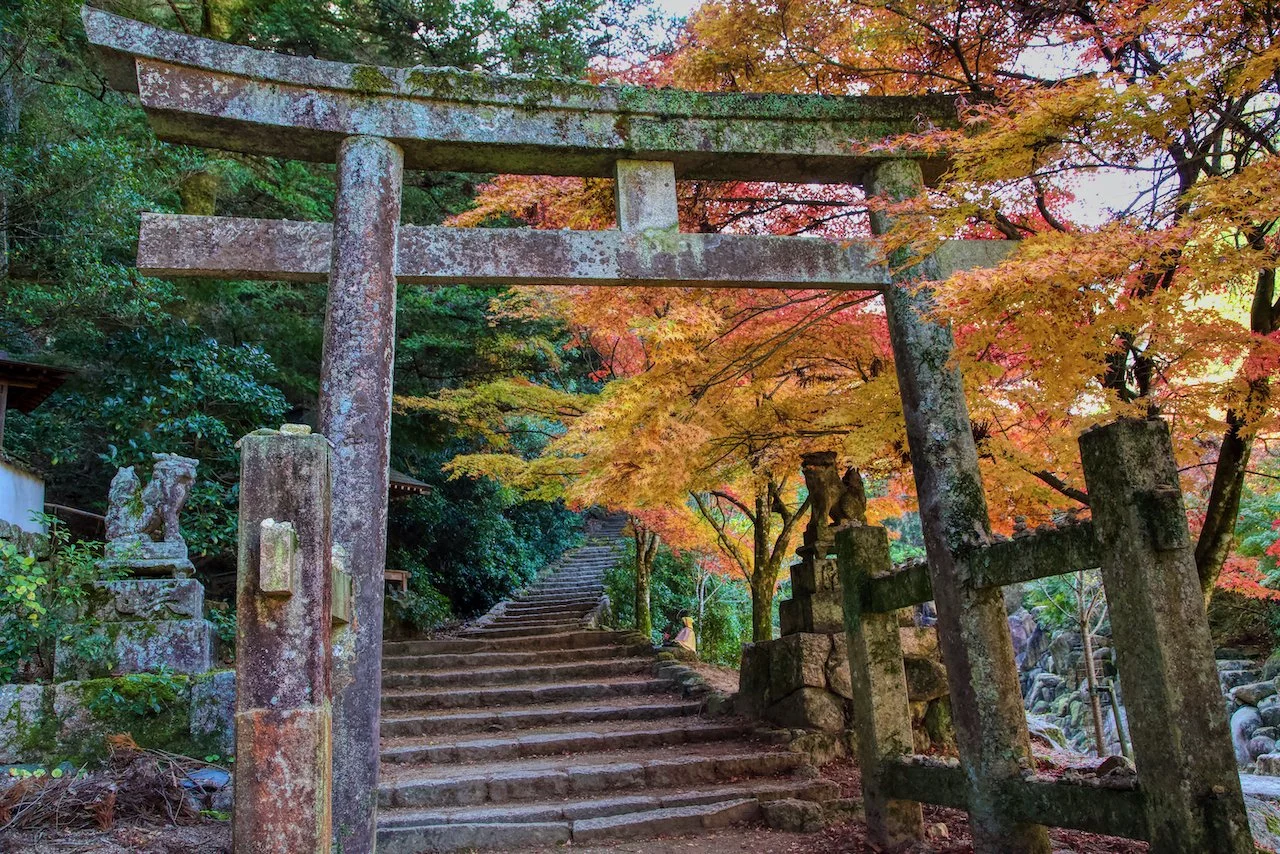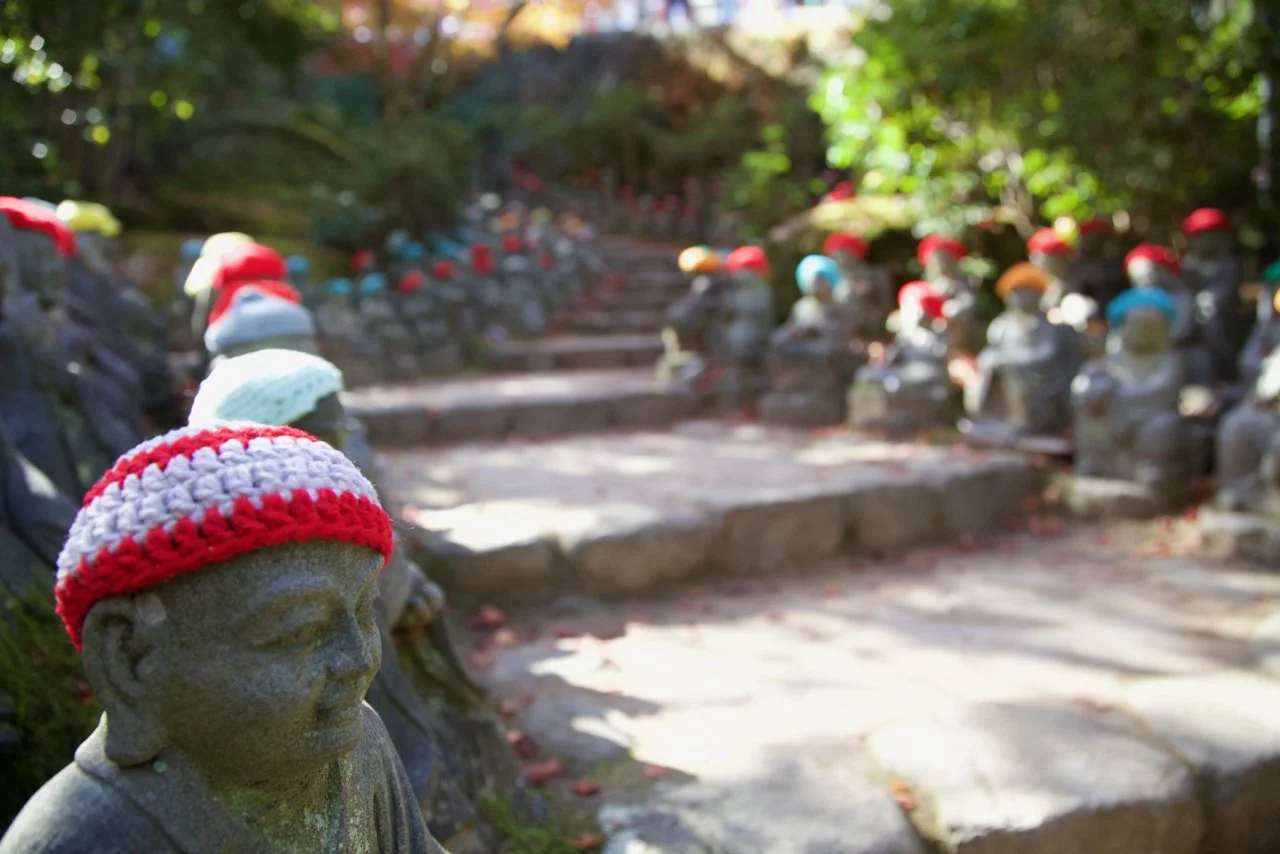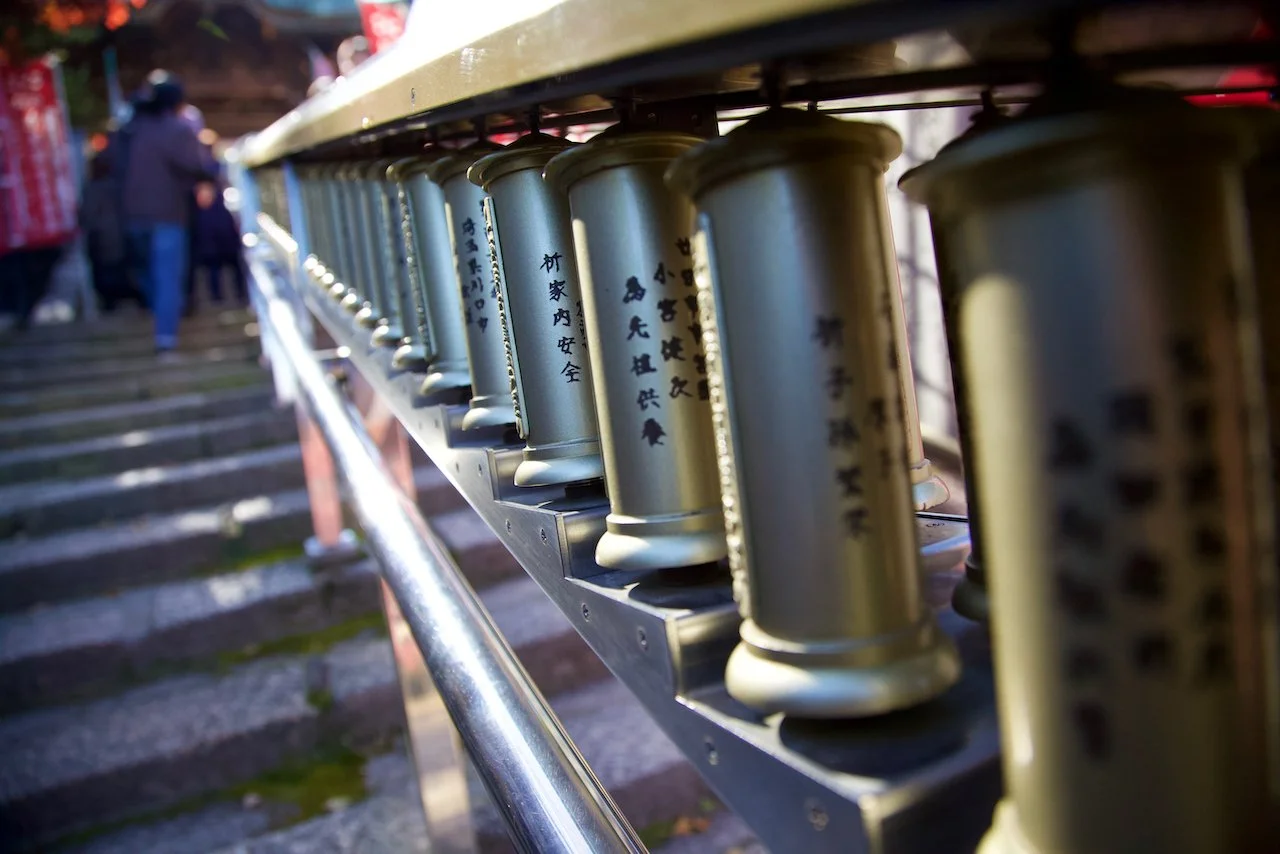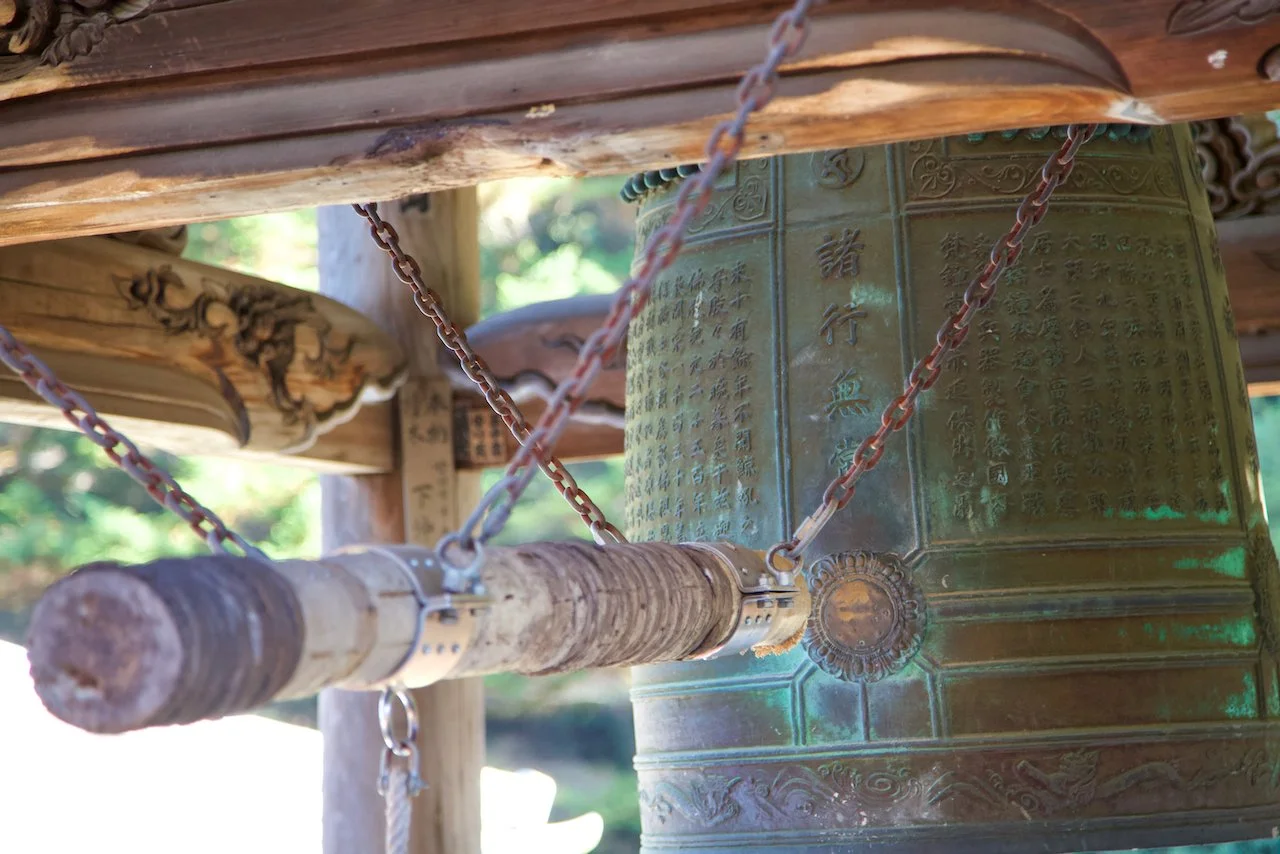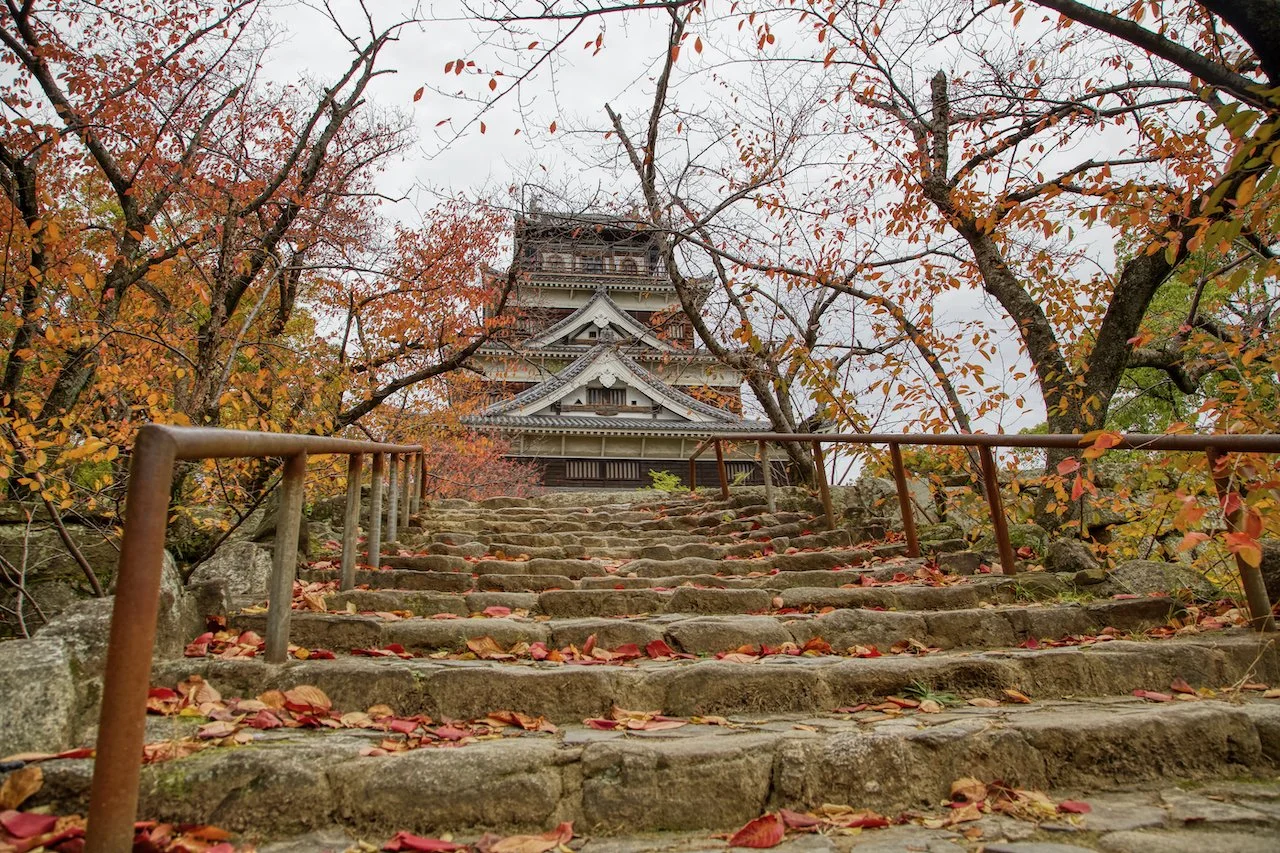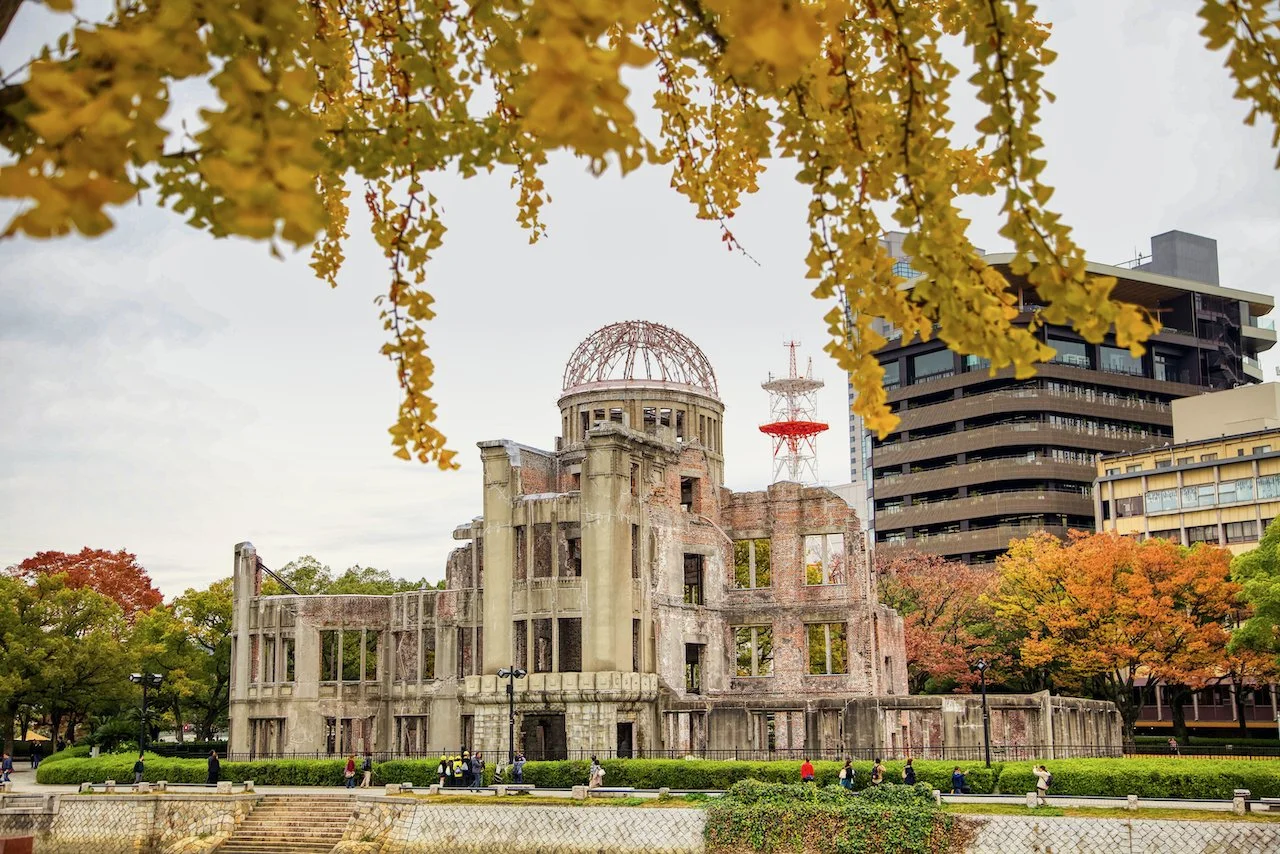A Guide to Japan: Tokyo, Kyoto, Hiroshima, Hakone, and Mt. Fuji
(Some links in this post are affiliate links. If you click through and take action, I'll be compensated.) If you are also interested in any PRINTS from any of my posts, be sure to check out my store where you can buy prints as posters, in metal/wooden frames or on canvas.
I don’t believe that Japan needs an introduction, it is an incredibly beautiful country, amazing food, such kind people, and a rich cultural heritage…but for the sake of this blog post, I will give a brief intro.
Japan is the 11th most populous country in the world and its capital of Tokyo is the world’s largest city by population. The origins of Japan date back to the Upper Paleolithic period, which is around 30,000 BC. ‘Modern-day’ Japan, or when the country became unified by an emperor and imperial court, was founded in the 12th century AD. Early periods of rule were dominated by shōguns, feudal lords, and samurai. After WWII, Japan adopted a new constitution and began its journey to become a cultural superpower.
I traveled to Japan in November 2019, before COVID made the world stand still. I spent two weeks there, venturing to Tokyo, followed by Hakone, Mt. Fuji, Kyoto, Hiroshima, with day stops to Osaka, Nara, and Himeji. The most popular time to travel to Japan is most likely in April, just in time for the Cherry Blossoms to bloom across the nation. I decided to go during the fall to capture the changing fall colors, which I also highly recommend.
If you like some of my photos that you have come across, just know that I have many prints showcasing a variety of landscapes, including Japan, available for purchase below! (Sold as Posters, Canvas, or in Metal-Frames and Wooden-Frames).
Just a few things to note about Japan before your visit:
Due to how ‘remote’ Japan is from the US and Europe, I would recommend trying to plan for at least 2 weeks to see a handful of cities in the country.
Everyone is friendly! I remember not being able to find a train station, and a stranger I asked, walked me 10 minutes against their direction of travel just to take me there.
The country is technologically ahead of most of the world. Embrace it.
Cash is still something that you should have on you in all parts of your Japanese journey. For as tech savvy the country is, oftentimes cash is the only currency that is taken for some places.
One of the best way to get through the country is to use the highly integrated train system. The Shinkansen train is what will whisk you away between different cities in great time. I cannot recommend getting a Japan Rail Pass enough. This will save you money if you take some time to plan your itinerary ahead of time, while also giving you the flexibility of taking impromptu journeys during the validity of the pass. I explain more about the Japan Rail Pass in my post here.
For the remainder of this blog post, I will discuss what you can expect to see in the cities of Tokyo, Kyoto, Hiroshima, Hakone and around Mt. Fuji. Enjoy!
Tokyo
(See Blog Post - A Guide to Exploring Tokyo)
Do some research of Tokyo first by watching 'Lost in Translation'. Then use this guide to figure out how to use the Tokyo metro system and what areas to see in this massive city like Ginza (for shopping), Shibuya, Harajuku, Shinjuku, Asakusa (Senso-Ji Temple), Yoyogi Park, the Imperial Palace, Seimon Stonebridge, Tsukiji Fish Market, and TeamLab Borderless (among MANY others).
Yayoi Kusama Museum - Museum featuring the works of the famed Japanese artist.
TeamLab Borderless - a remarkable digital art museum, something you have never seen before!
Shibuya Scramble - one of the largest pedestrian crossings in the world.
Ginza, Harajuku, Shinjuku - excellent and eclectic neighborhoods to check out!
Yoyogi Park - a massive park in the middle of Tokyo, similar to Central Park in New York City.
Meiji Jingu Gaien - a line of ginko trees where some spring festivals are held.
Tokyo Imperial Palace - needs no introduction!
Toyosu Fish Market - this fish market replaced the famed Tsukuji Fish Market, get there early to check out the tuna bidding!
Rainbow Bridge - one of the many bridges in the city!
Places with observation decks to get excellent views of Tokyo!
Kyoto
(See Blog Post - Why Kyoto is one of the best places to visit in Japan)
Kyoto is a bustling city with modern conveniences, while also possessing a treasure trove of historic and cultural entities. This page breaks down some of the attractions and temples to see in the city like Nijo Castle, Kinkaku-Ji, Ginkaku-Ji, Gion District, Philosopher's Path, Arashiyama Bamboo Grove, Fushimi-Inari Taischa, Nikishi Market, and Kiyomizu-Dera Temple.
Nijo Castle - an amazing, well preserved castle in the heart of the city.
Fushimi-Inari Taisha Shrine - one of the coolest shrines in all of Japan, known for its thousands of orange torii gates.
Kinkaku-Ji - otherwise known as the Golden Pavilion, it is surrounded by lush gardens.
Ginkaku-Ji - known as the Silver Pavilion, it is the sister temple of the Kinkaku-Ji.
Kiyomizu-dera - this gorgeous temple complex sits atop Kyoto, with amazing views of the city.
Gion District - you can’t miss this eclectic district with amazing alleyways filled with great food and bars and shops.
Nishiki Market - shop here for anything and everything Japanese.
Arashiyama Bamboo Grove - such a relaxing place for those looking for solace away from the city sounds. Best to get here early in the morning before it fills up.
Hakone
(See Blog Post - Why a Mini-Road Trip around Mt. Fuji is Amazing)
Lake Ashi - a sacred lake that sits under the umbrella of Mt. Fuji.
Hakone Shrine - this red torii gate shrine sits on the edge of Lake Ashi.
Daikanzan Observation Deck - one of the coolest places to see Mt. Fuji above the clouds.
Hiryu Falls - a waterfall complex that can easily be hiked to in the forest.
Hakone Open-Air Museum - an open air museum with great artistic pieces.
Hakone Ropeway - your best bet to get amazing aerial views of the entire area.
Mt. Fuji
(See Blog Post - Why a Mini-Road Trip around Mt. Fuji is Amazing)
A road trip in a foreign country doesn't have to be scary. In fact, this is the BEST way to see Mt. Fuji in Japan. Rent a car from Hakone and explore the Fuji Five Lakes (Yamanaka, Kawaguchi, Saiko, Shoji and Motosu), as well as the Chureito Pagoda, Aokigahara Forest, Lake Tanuki, Shiraito Falls, Oshino Hakkai, Hiryu Falls, and Lake Ashi.
Fuji Five Lakes (Shoji, Kawaguchi, Yamanaka, Saiko, Motosu)
Lake Tanuki
Lake Tanuki North Day Campground - whether you camp here or not, it easily boasts one of the best views of Mt. Fuji.
Kyakamura FUJI Hotel - this hotel has its own panoramic deck that allows you to see Mt. Fuji.
Shiraito and Otodome Falls - waterfalls that are situated around Mt. Fuji.
Chureito Pagoda - this iconic temple you have already seen in many photographs, that features a three story tall temple with snow-capped Mt. Fuji in the background.
Mt. Fuji Panoramic Ropeway - this ropeway also gives amazing views of the entire area, including Fuji.
Oshino Hakkai - A rustic old japanese style village, well maintained, sitting at the bottom of Mt. Fuji.
Lake Yamanaka Panorama Deck - a great place to take in the sunset over Mt. Fuji.
Hiroshima
(See Blog Post - Why you should see Hiroshima on your visit to Japan)
Hiroshima is such an underrated city in Japan. Despite it's tragic past, the city has become a symbol for Peace. While you're here, check out the Hiroshima Castle, the A-Bomb Dome and Hiroshima Peace Park, and make your way to Miyajima Island for some hiking and sweeping views of the entire city.
Hiroshima A-bomb Dome - this iconic building is one of the only ones to still remain standing after the bombing.
Hiroshima Peace Park - this part is in remembrance of the nuclear bomb attack on Hiroshima, it is incredibly moving and not to be missed.
Memorial Museum
Hiroshima Orizuru Tower - this tower sits next to the Hiroshima A-bomb Dome and has great views over Hiroshima as a whole.
Hiroshima Castle - this castle has its own moat and it incredibly well preserved.
Miyajima Island - great for a day trip, this island is full of nature and amazing views just outside of Hiroshima.







